Jableh جبلة
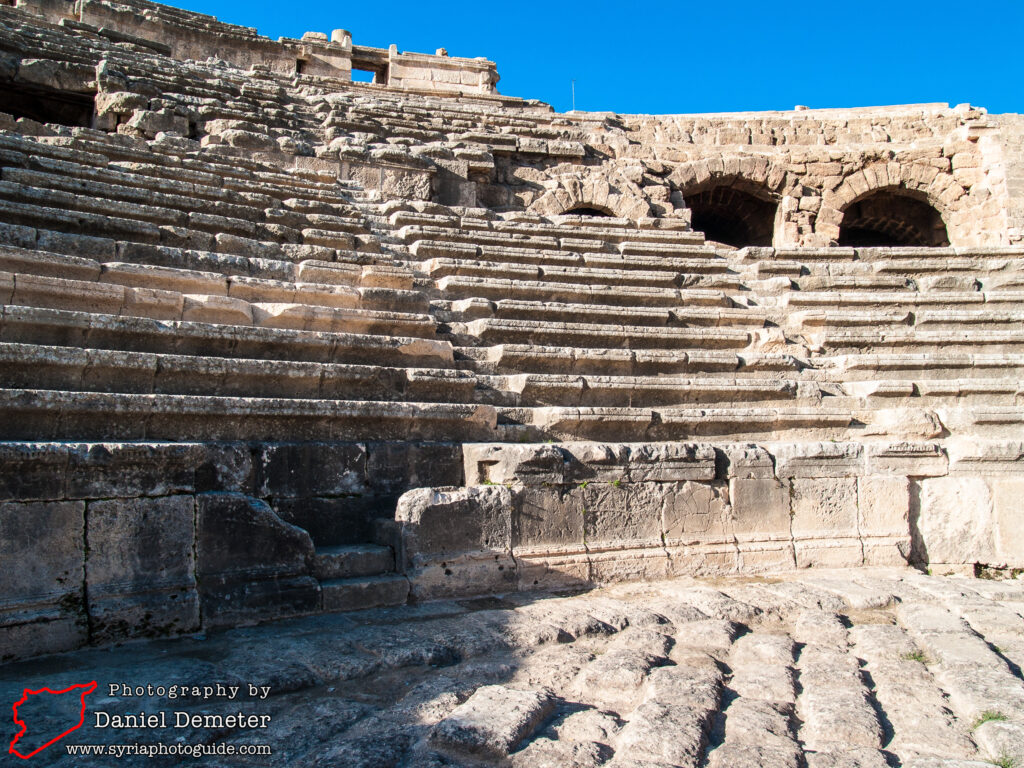
Jableh (جبلة) is a major coastal town about twenty five kilometers south of Lattakia (اللاذقية). Seldom visited by tourists, there is an impressive Roman amphitheater in the center of town along with one of the oldest mosques in the coastal region. On the outskirts of town, just north of the microbus station, is the bronze age archaeological site of Tel Tweini (تل تويني). Since Jableh (جبلة) is an important transit hub for the surrounding mountain villages, it makes for an easy stop and a visit can be combined with nearby sites such as Qalaat al-Maniqeh (قلعة المنيقة), Qalaat Bani Qahtan (قلعة بني قحطان) and/or al-Qardaha (القرداحة).
Jableh (جبلة) has been a port since Phoenician times and has had a long history. It was mentioned in Assyrian records as part of the Assyrian Empire, and during this time also received a Greek colony (8th century BC). During the Persian and Seleucid periods it formed part of the confederation of Phoenician states controlled by Arwad (ارواد). Under Seleucid control, it was overlooked in favor of Lattakia (اللاذقية). Pompey’s conquest in 64BC brought Jableh (جبلة) under Roman control, and by the Christian period of the Byzantine empire it was important enough to serve as the seat of a bishop. Jableh (جبلة) was taken by the Arabs in 638.
After their capture of Antioch (modern day Antakya, now in Turkey) in 1098, the Crusaders, under Raymond, Count of Toulouse, began to force the local Muslim ruler of Jableh (جبلة) to pay tribute. He spent the next decade trying to find protection from among the Muslim leaders in Tripoli and Damascus, but Jableh (جبلة) was taken by the Crusaders in 1109 under Tancred. He incorporated it into the Principality of Antioch and renamed it Zibel. The Roman amphitheater was then turned into a Crusader castle.
The town held its own duke and bishop by the middle of the 12th century. It was recaptured by the Arabs under Salah al-Din during his sweep up the coast in 1188, but quickly returned to Crusader control after Salah al-Din’s successors abandoned it. The Hospitallers took control, but their command was disputed by the Templars. In 1285, shortly after his successful siege of Qalaat al-Marqab (قلعة المرقب), the Mamluk Sultan Qalaun captured Jableh (جبلة). It since became a center for trade and religious pilgrimage for the surrounding mountain villages.
While Jableh (جبلة) has been a part of nearly every period of Syrian history, all that remains of that history to visit today is the small Roman amphitheater, located right in the center of town. Built as a free-standing structure, the amphitheater probably held about 7,000 spectators and was 90 meters in diameter. While not in the same league as the amphitheater in Bosra (بصری), it is still one of the more impressive amphitheaters in the country, larger than those in Shahba (شهبا) and Tadmor/Palmyra (تدمر), and better preserved than those in Afamia/Apamea (آفاميا) and al-Nabi Houri/Cyrrhus (النبي هوري). Currently undergoing some restoration, the grounds surrounding the amphitheater are also being excavated. There is a modest entrance fee to visit.
Nearby the amphitheater is a beautiful mosque housing the tomb of a local Muslim saint, Sidi Ibrahim Ben Adham (died 778). The mosque stands on the site of a church constructed by the Byzantine Emperor Heraclius (ruled 610-641), whose effort to recover Syria from the Persians was foiled by the unexpected new threat from the Arabs. The mosque is often closed outside of prayer time, but if you ask around you should be able to find the caretaker and take a peek inside. Restoration of the mosque is being planned.
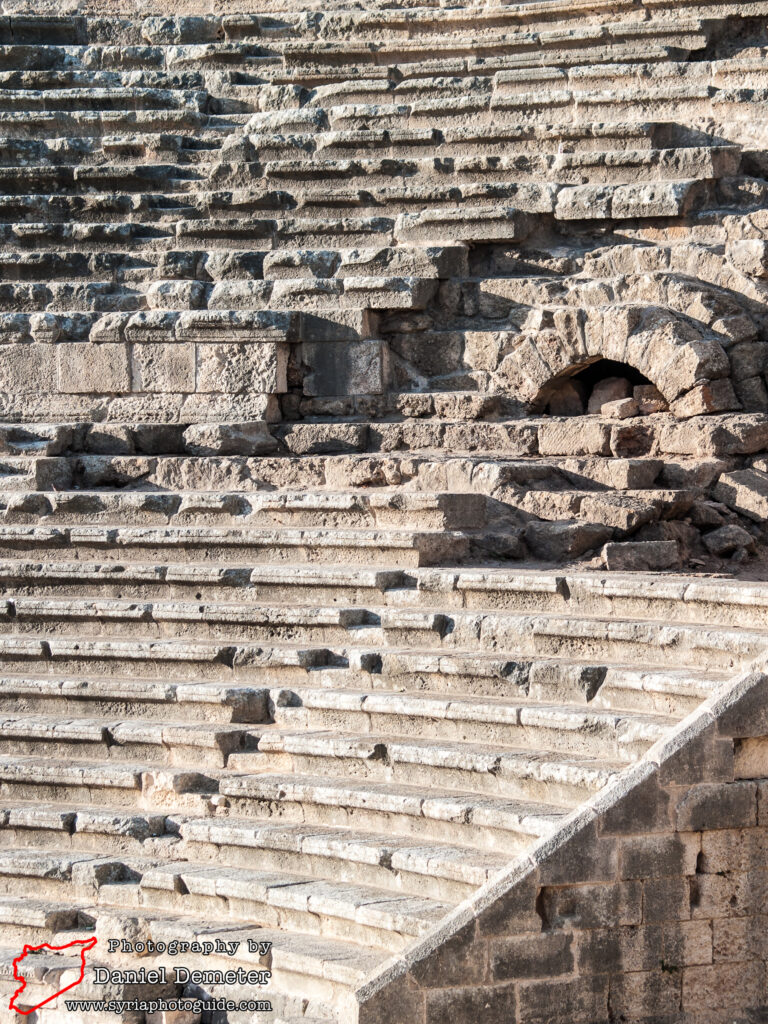
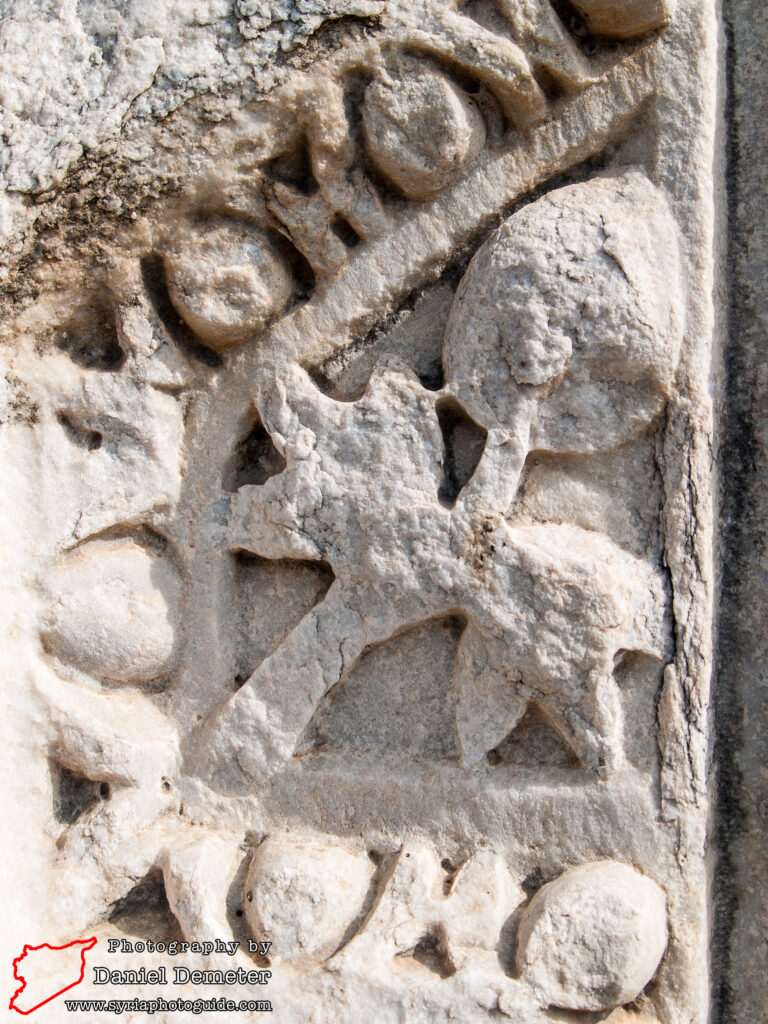
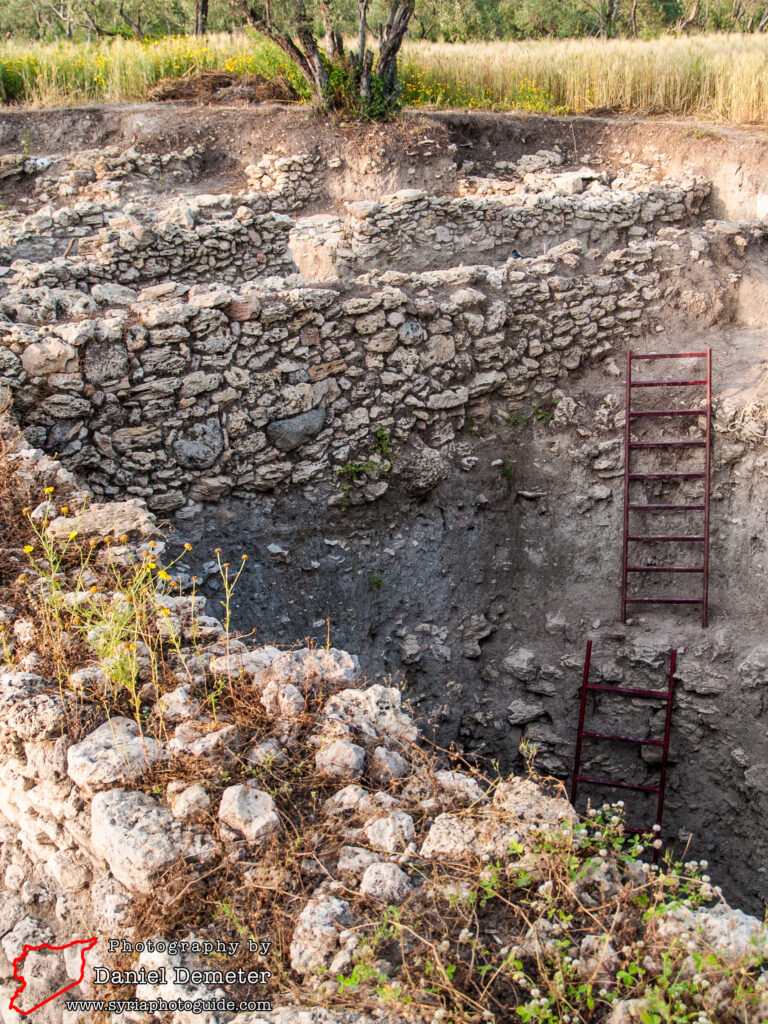
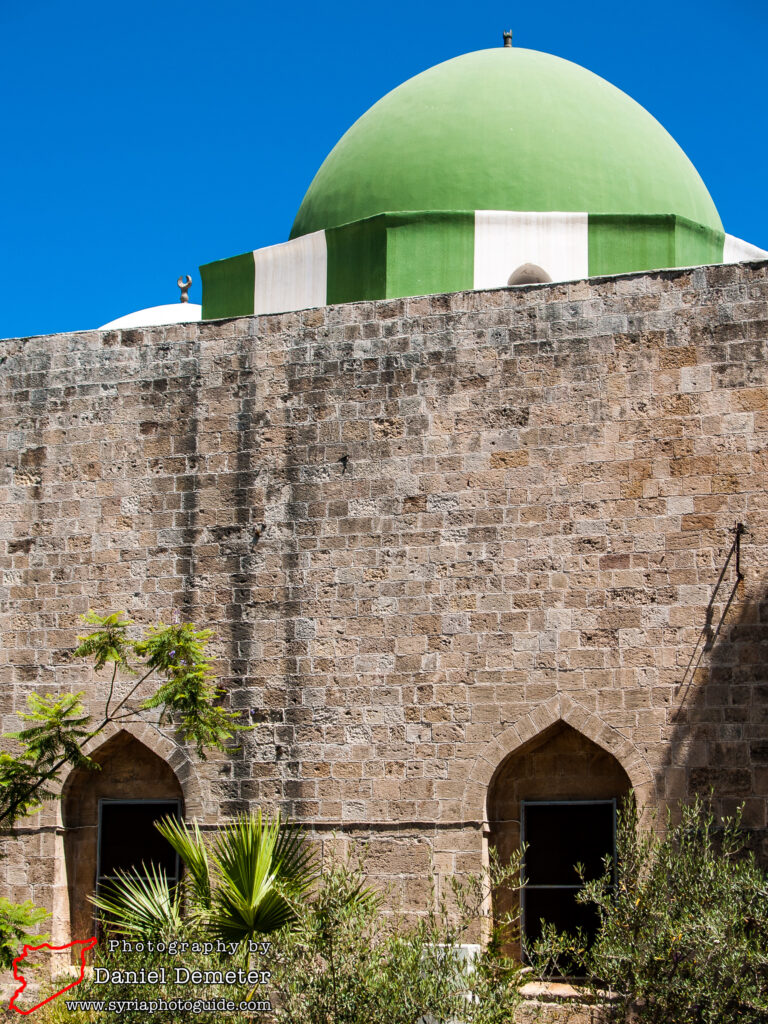
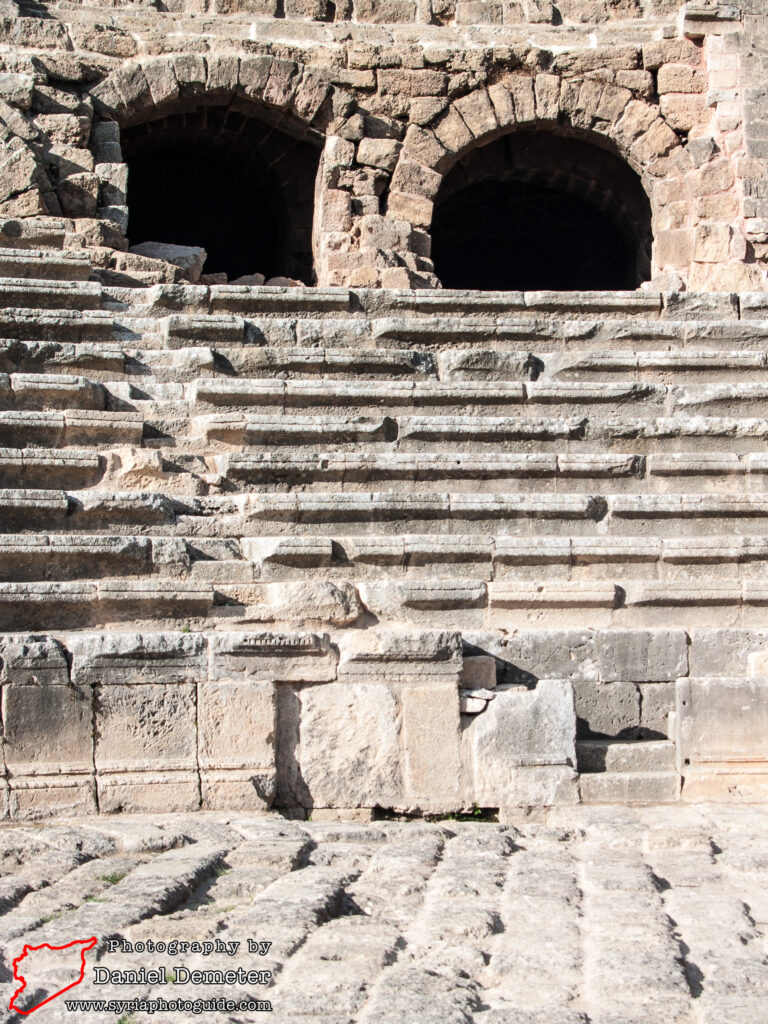

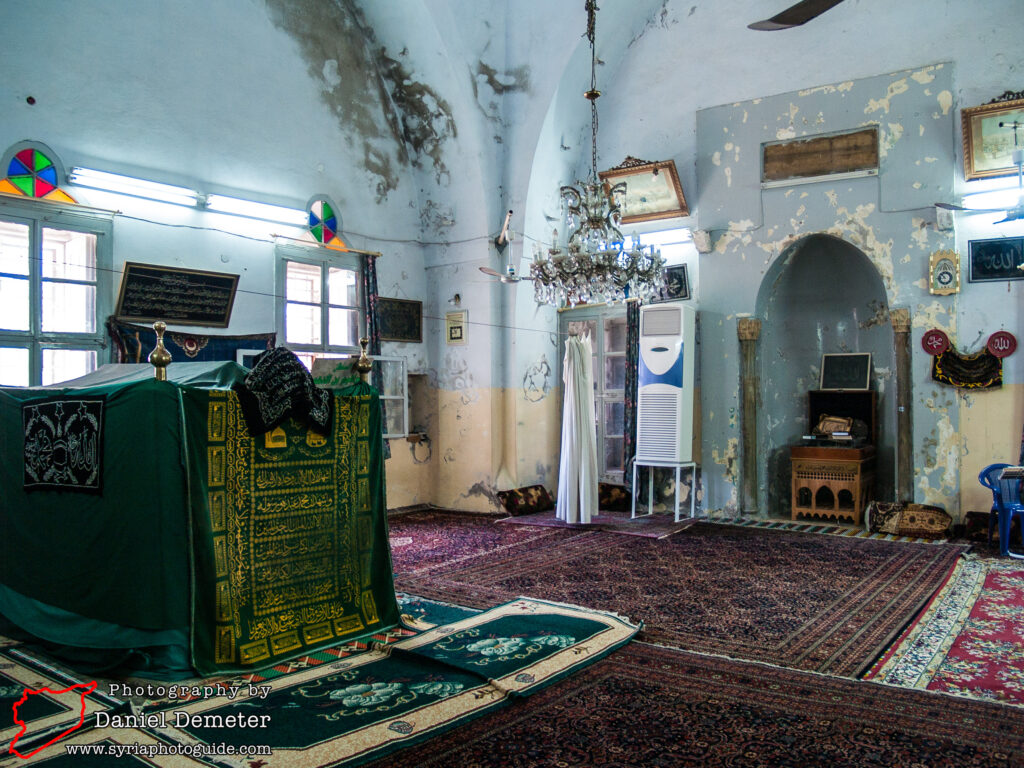
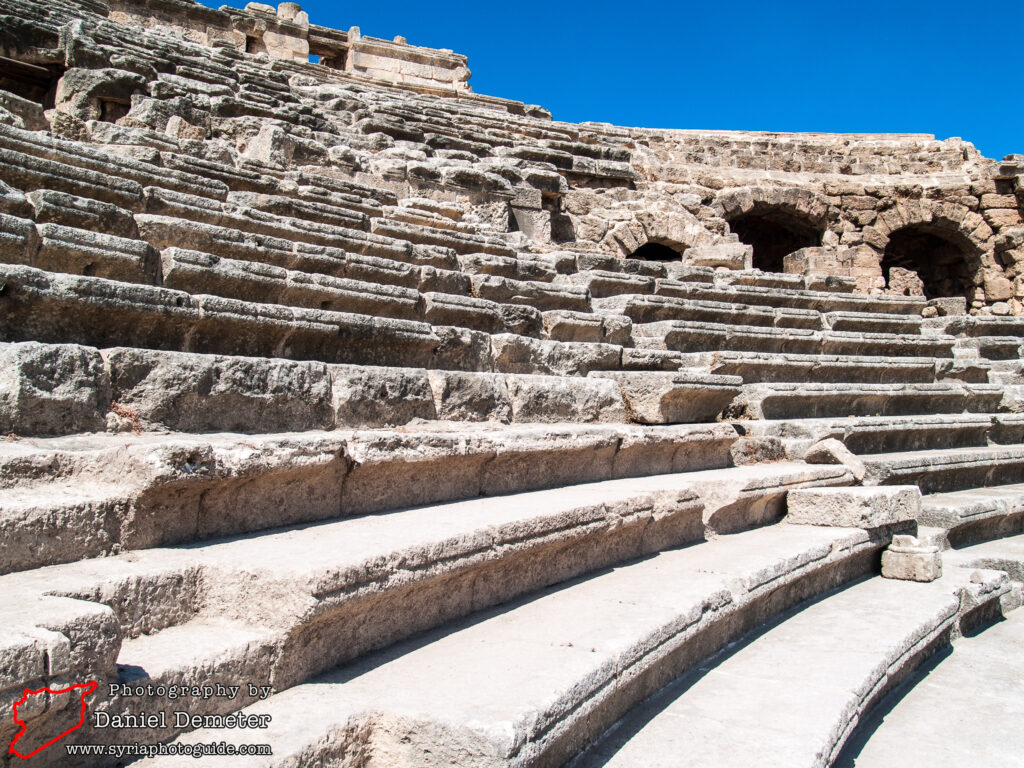
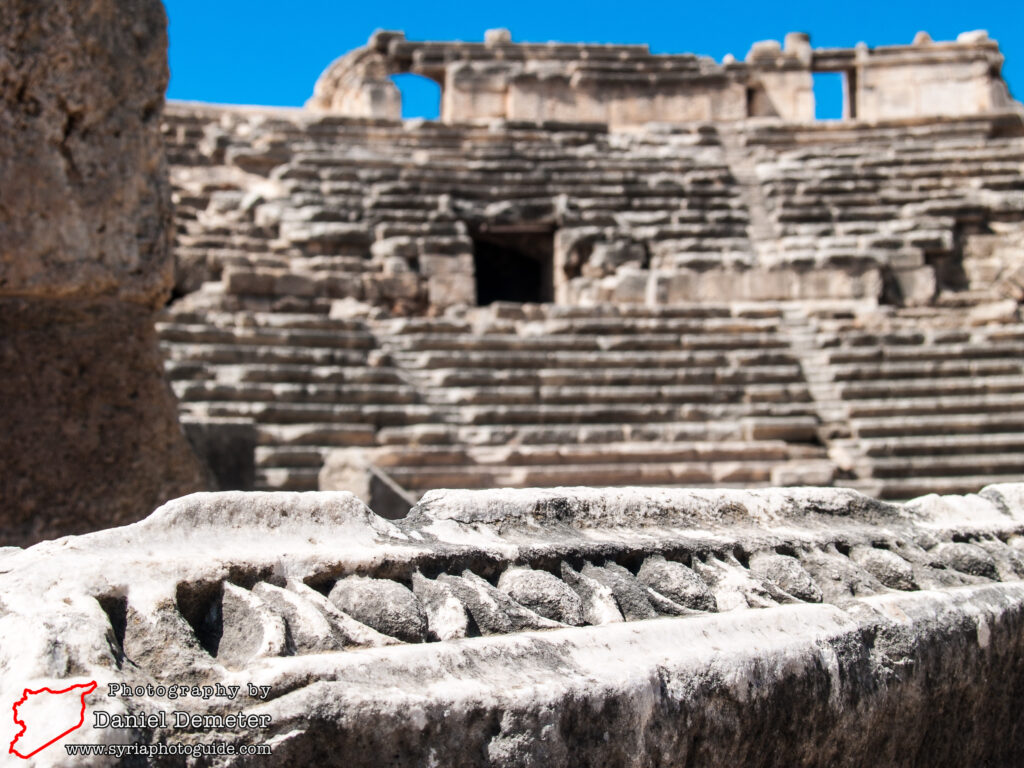
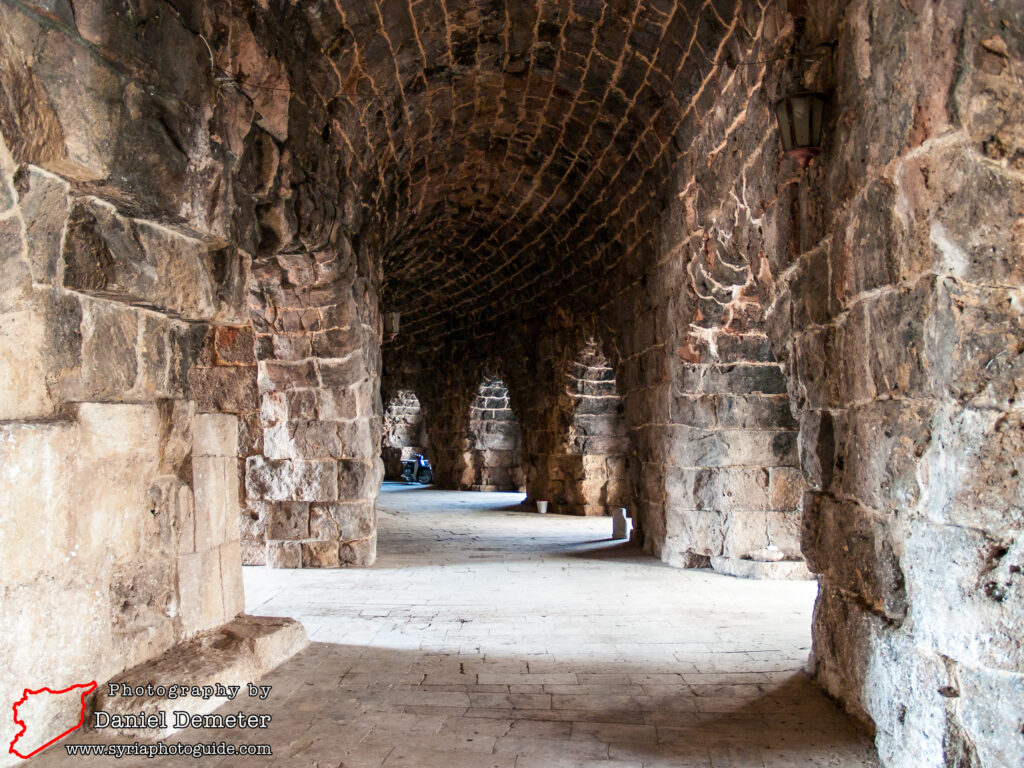
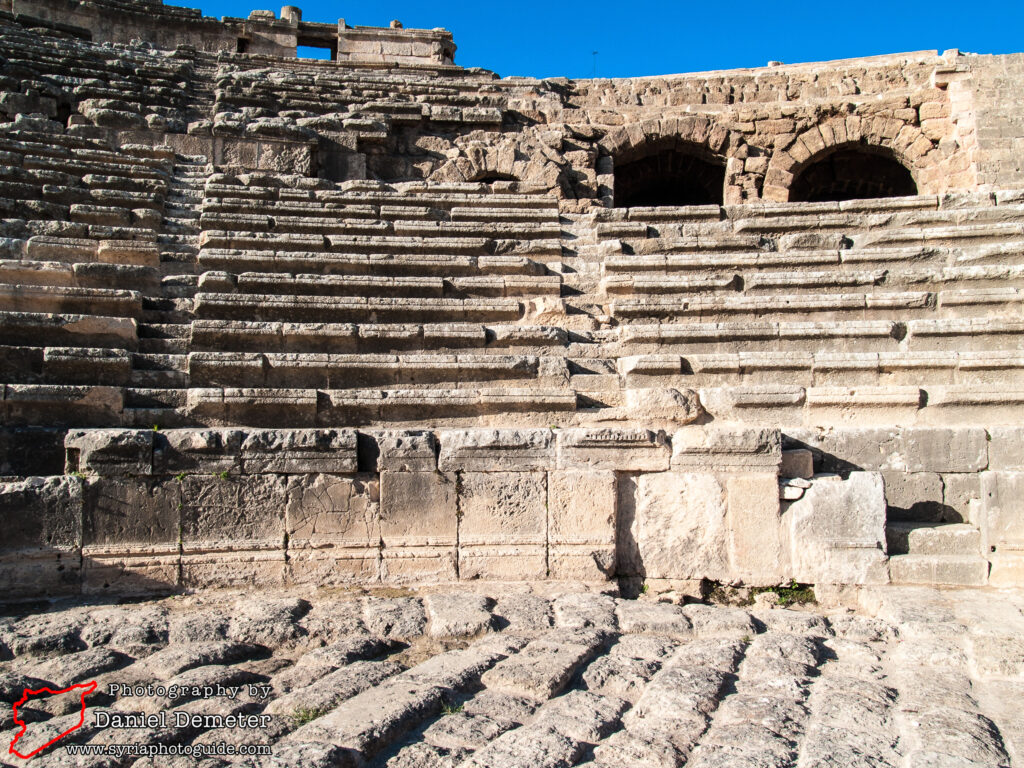
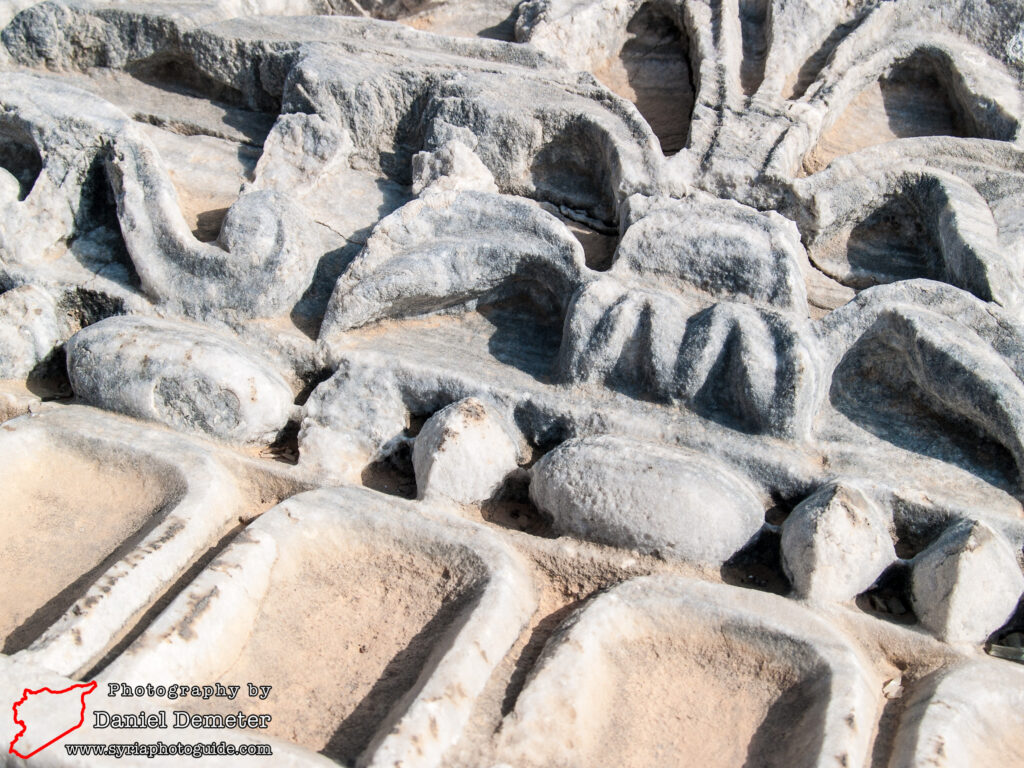
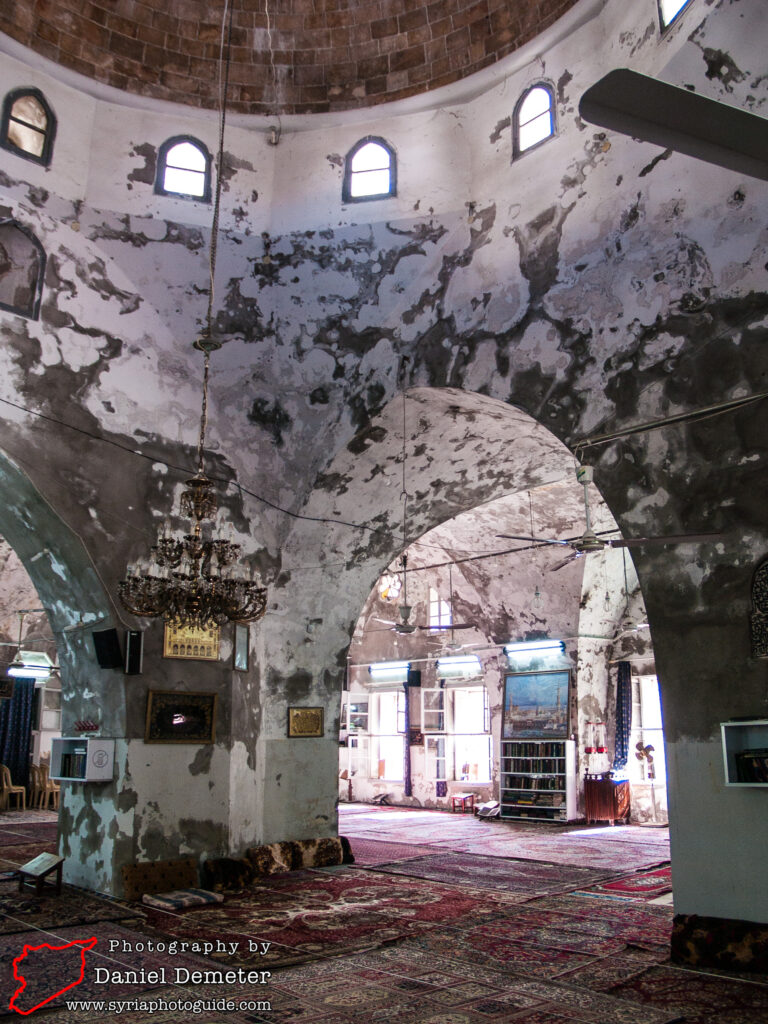

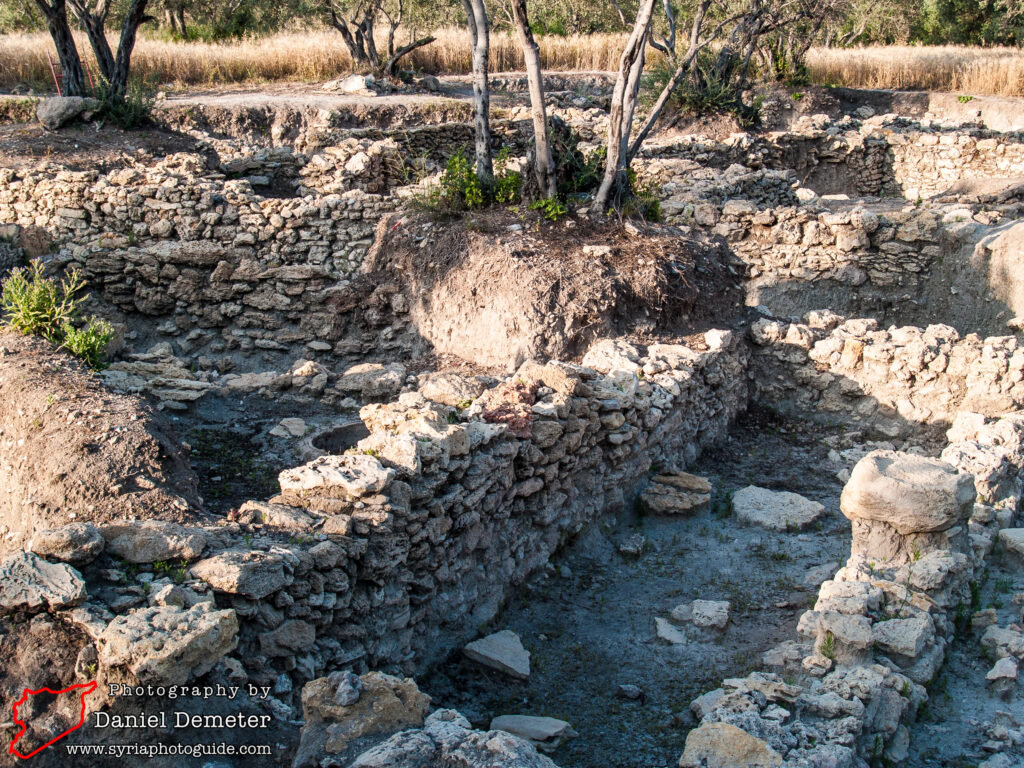
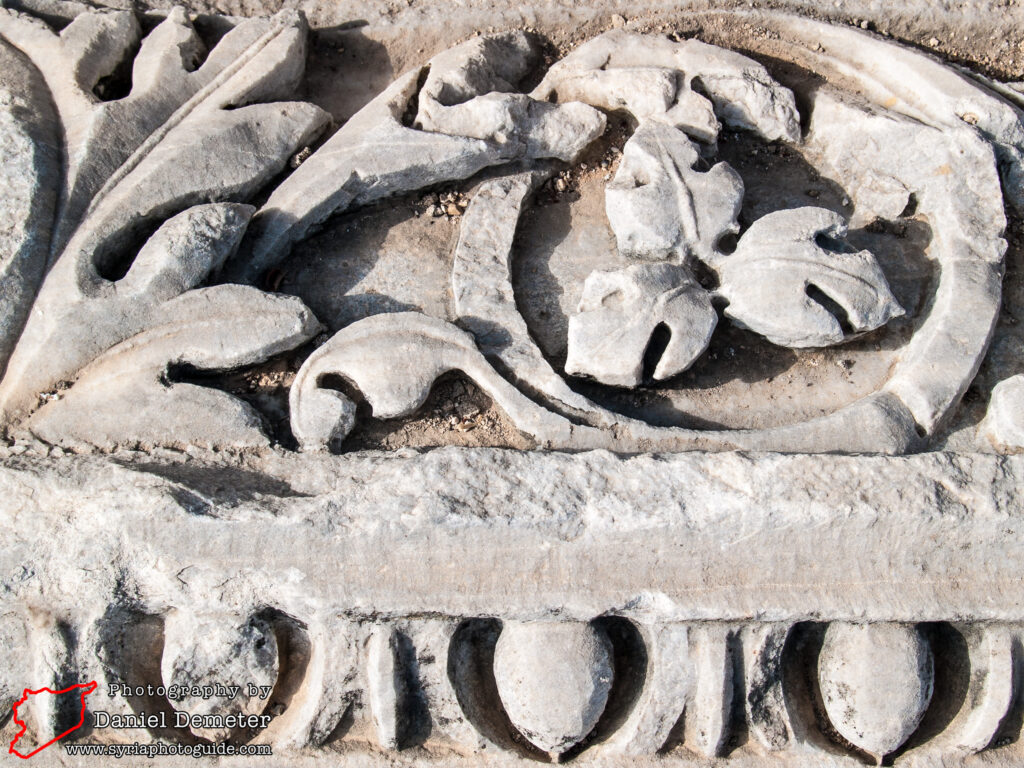
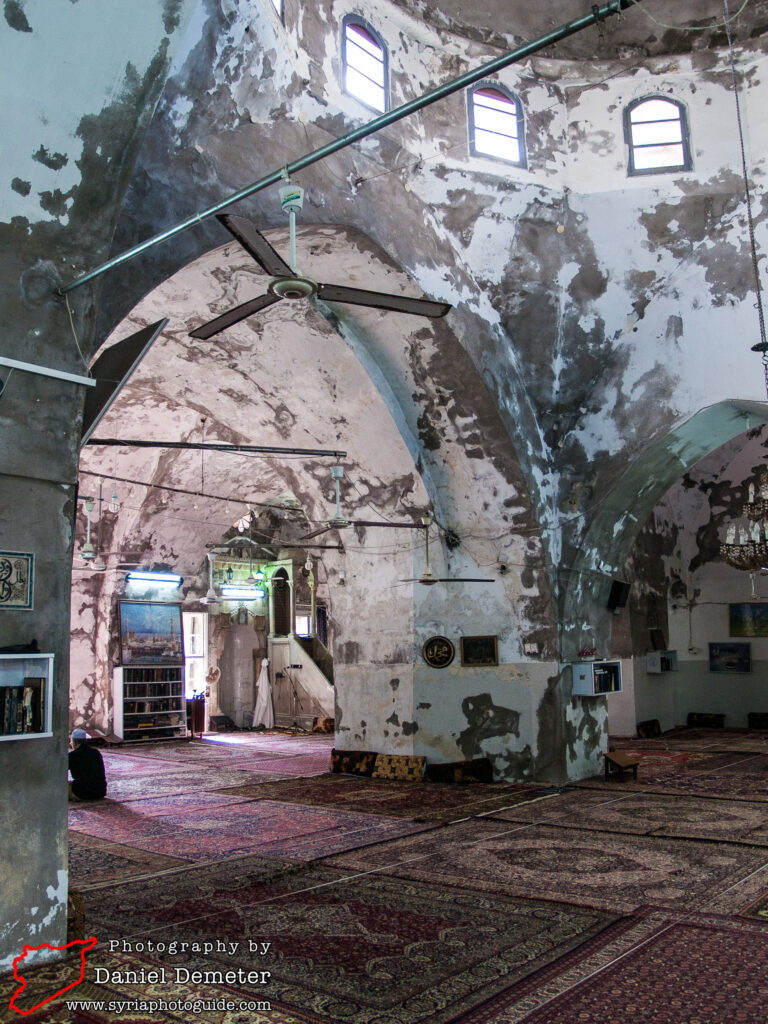
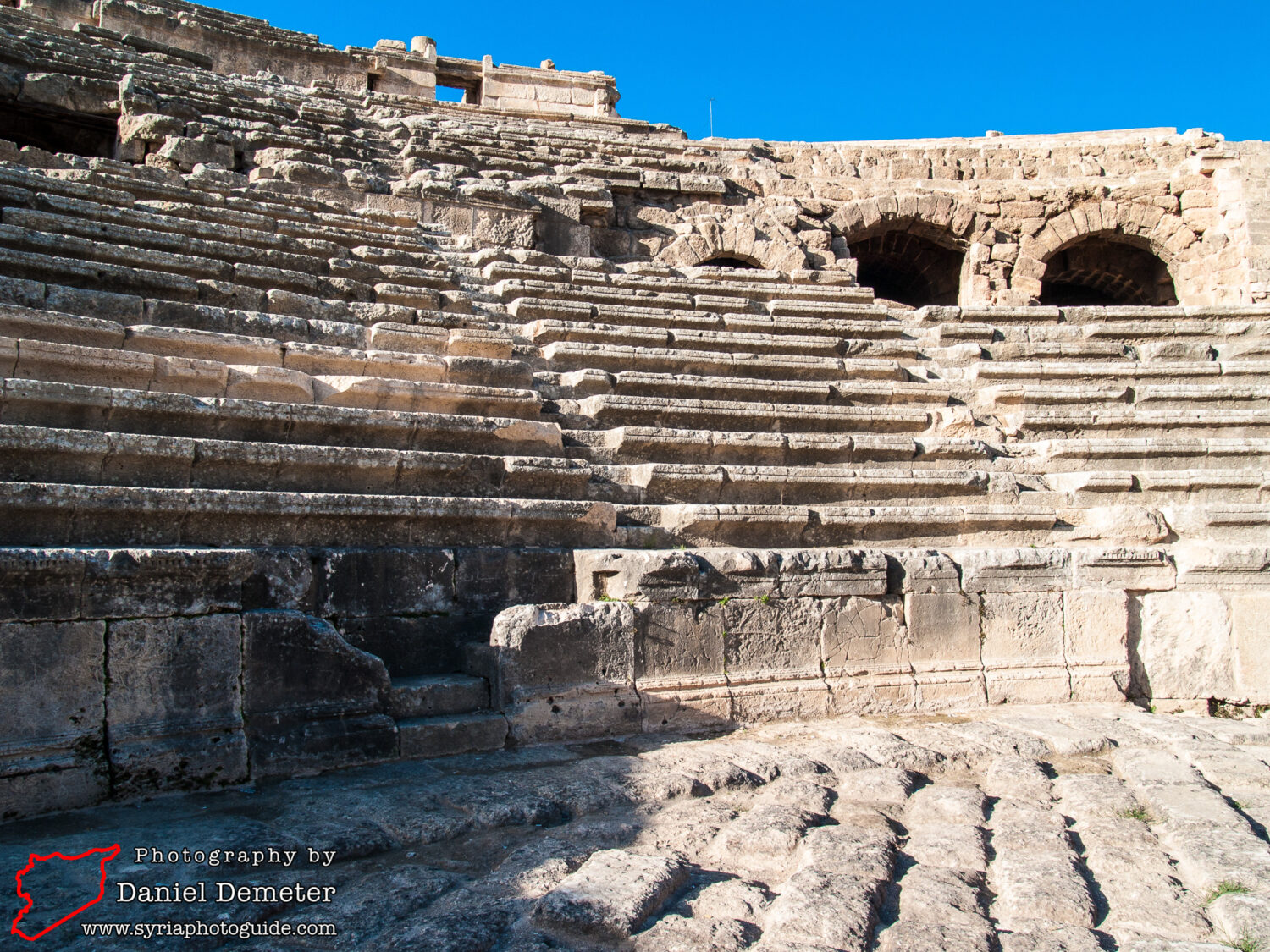
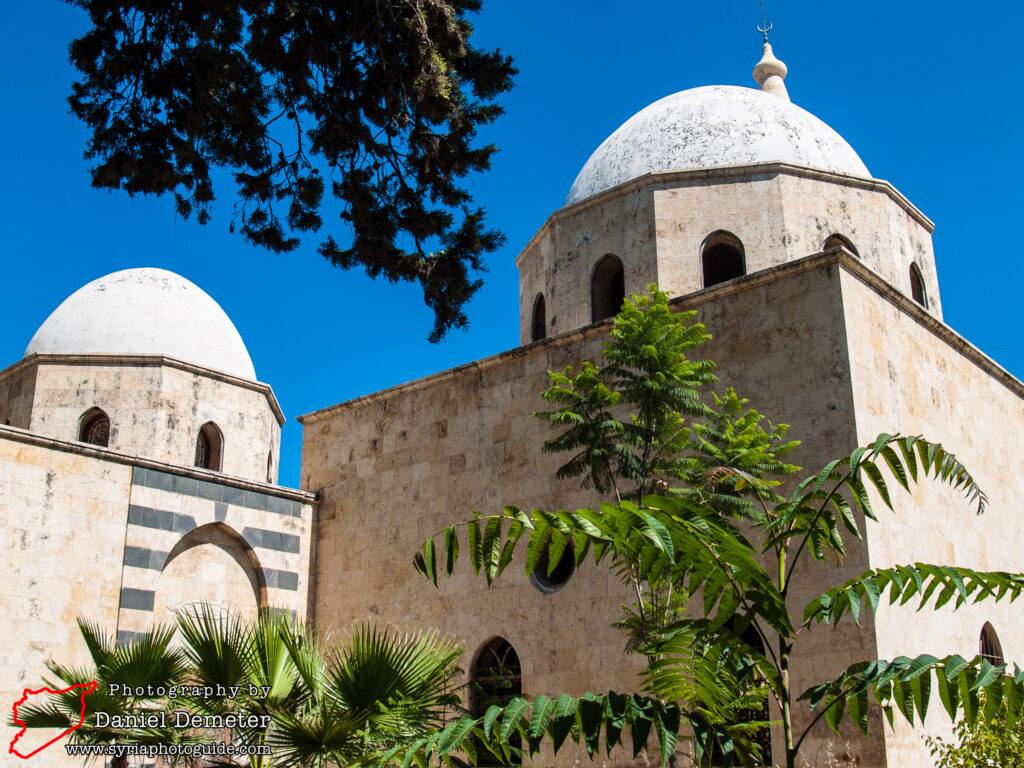
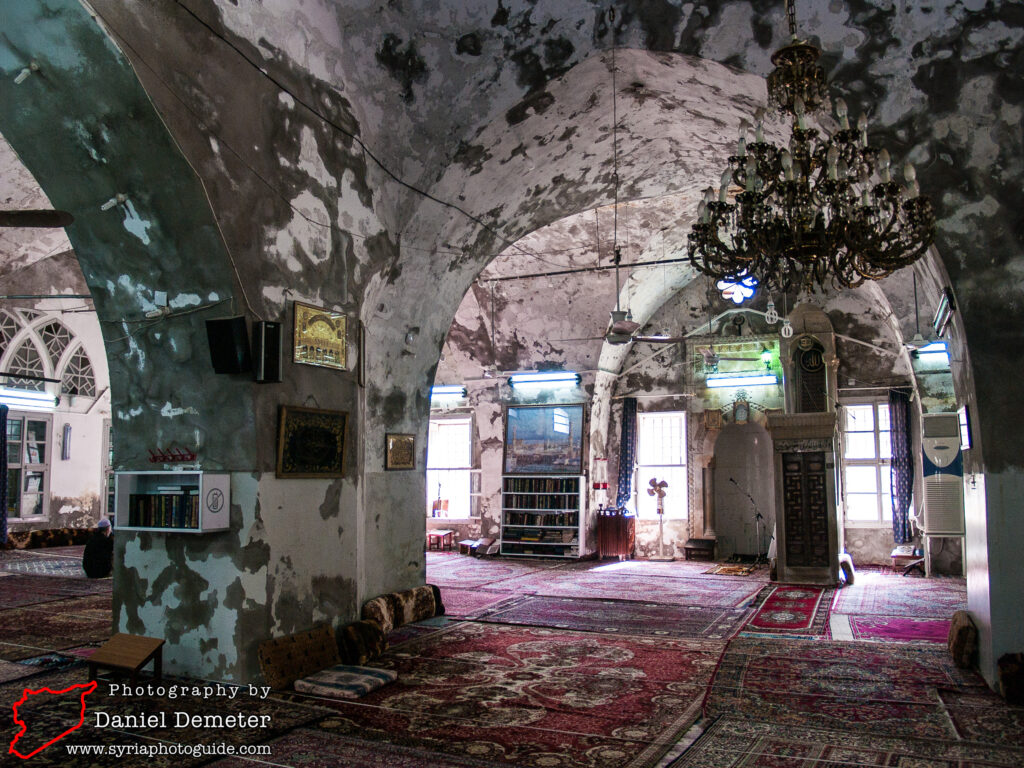

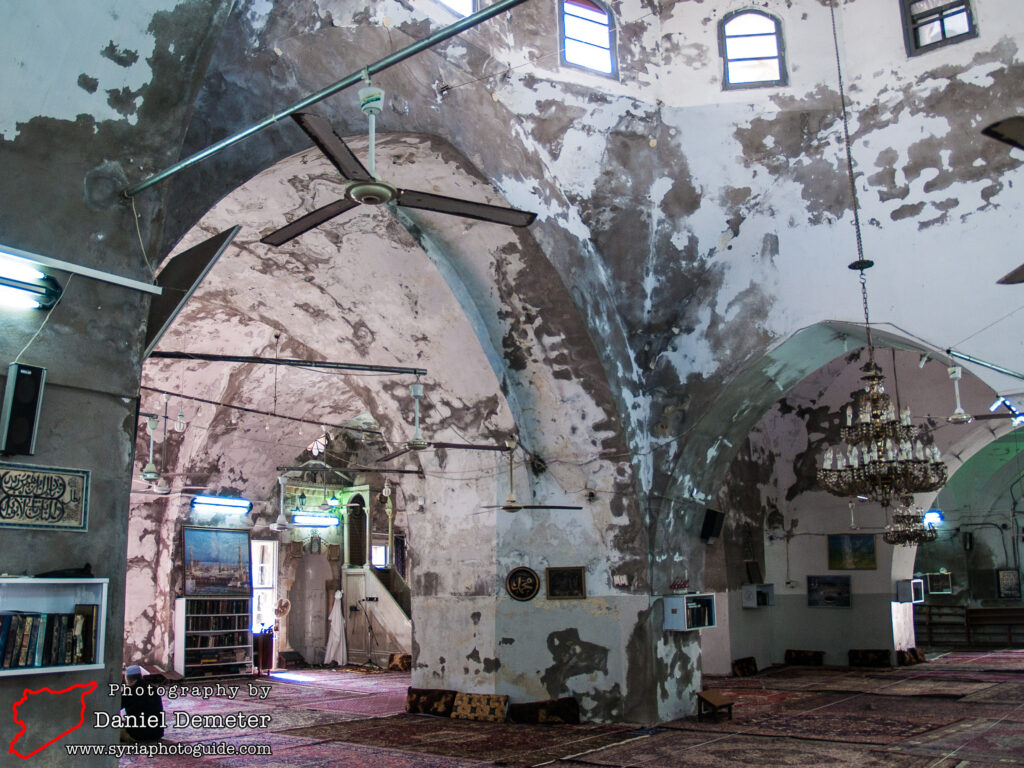
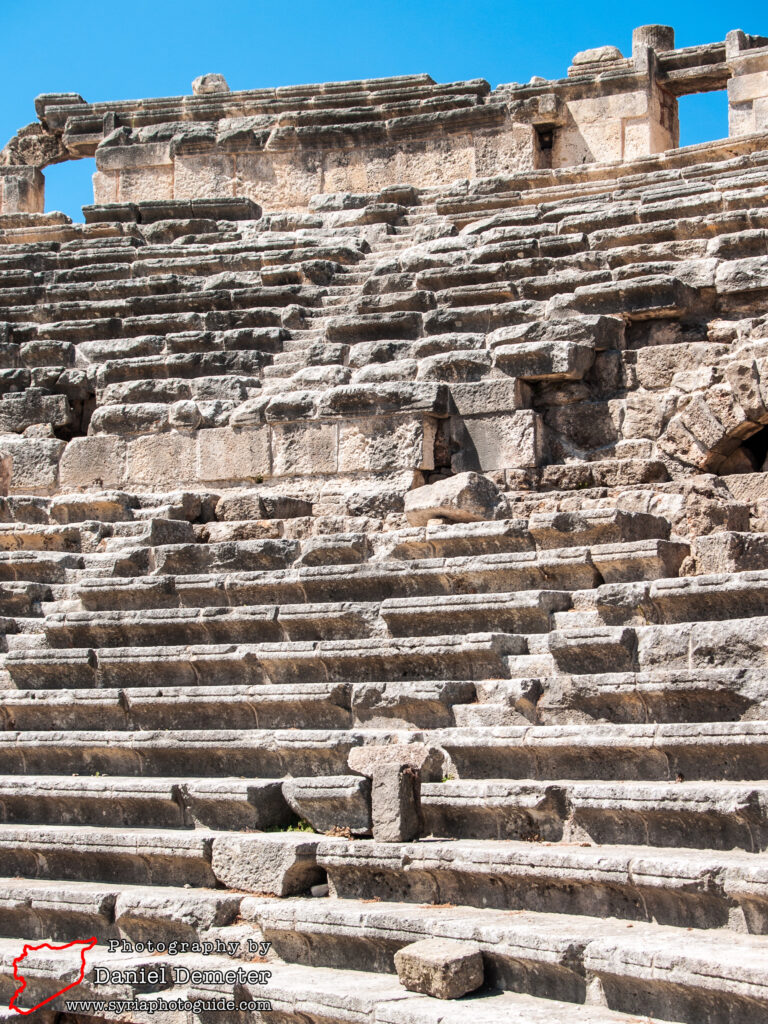
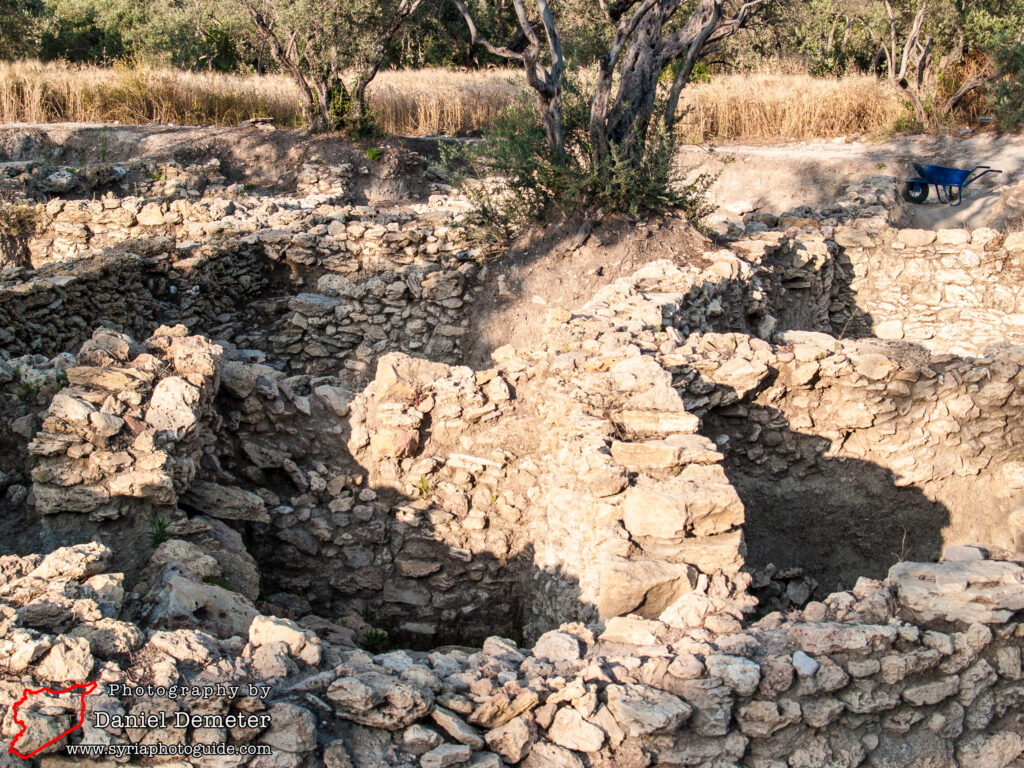
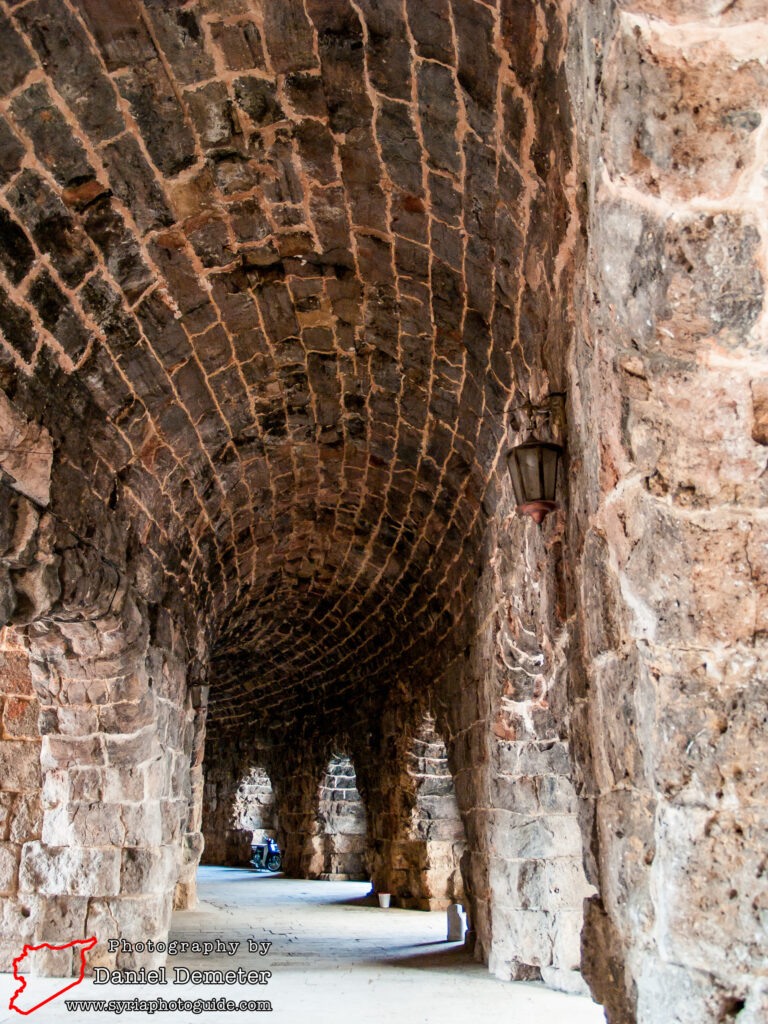
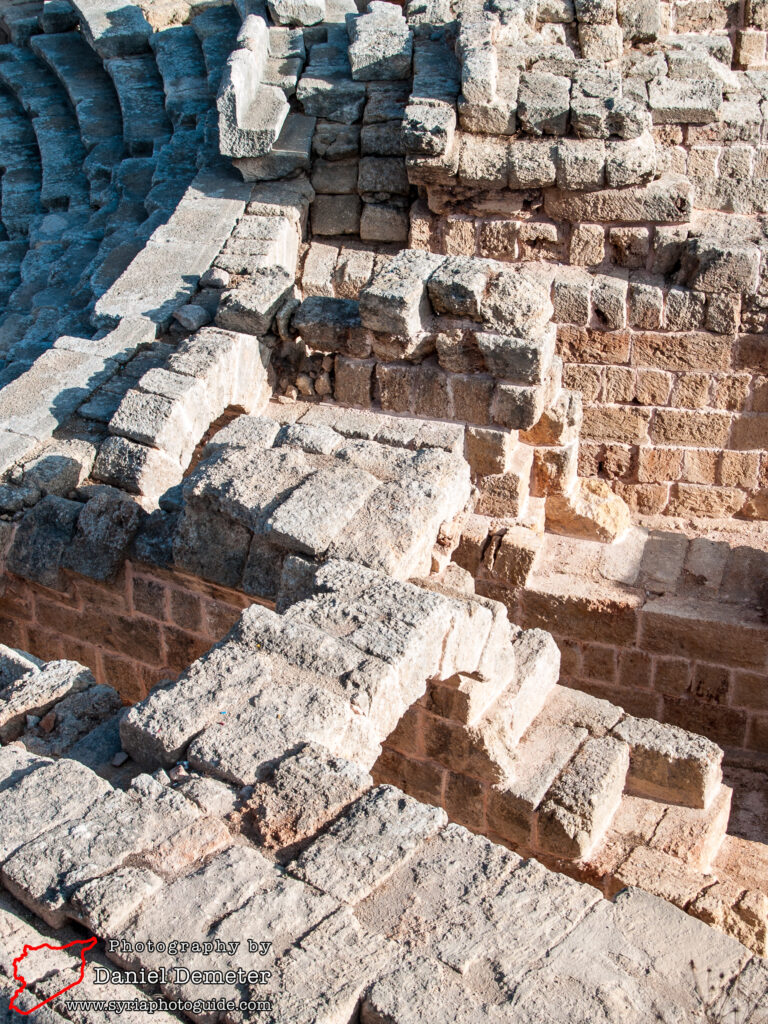
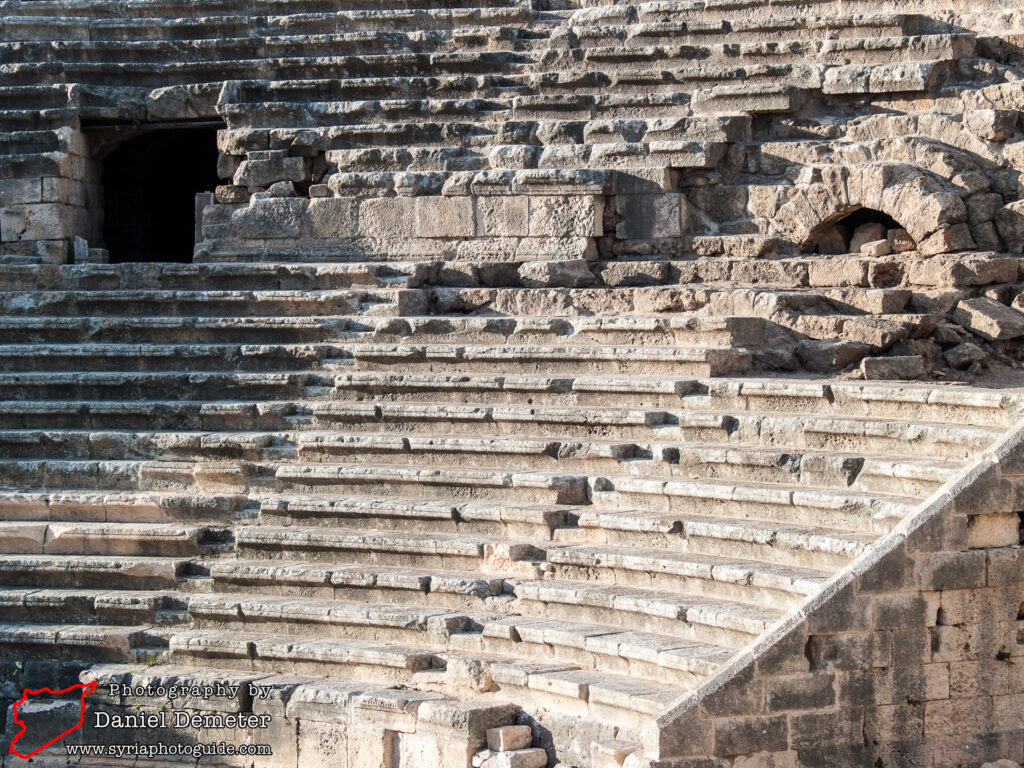
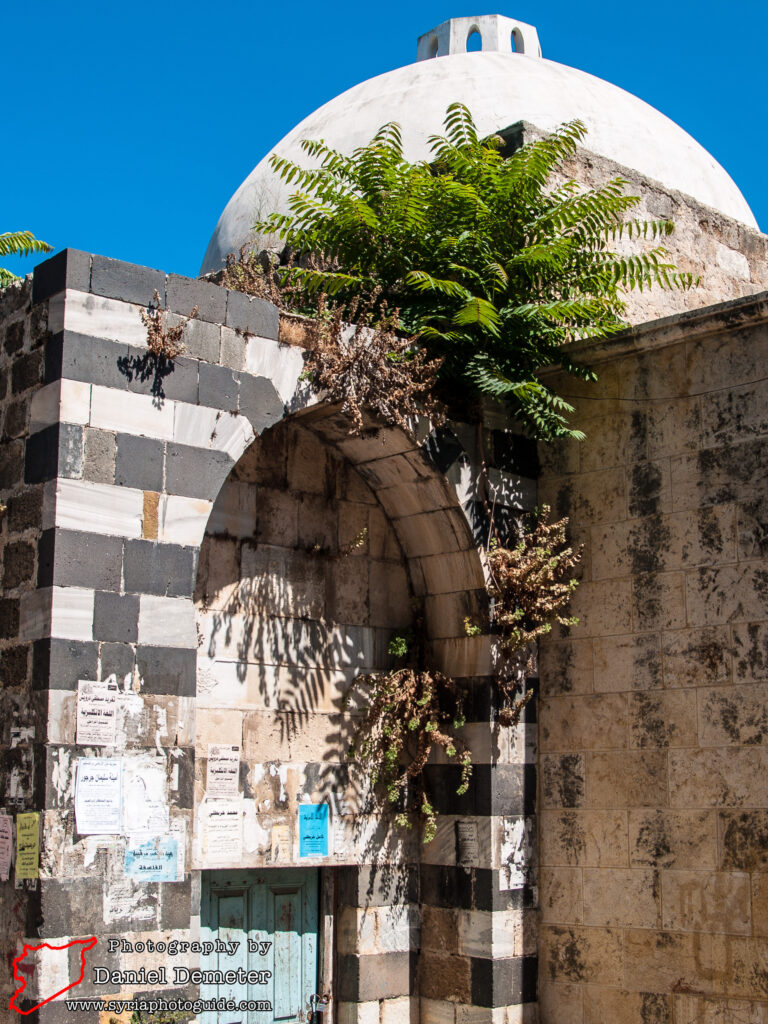
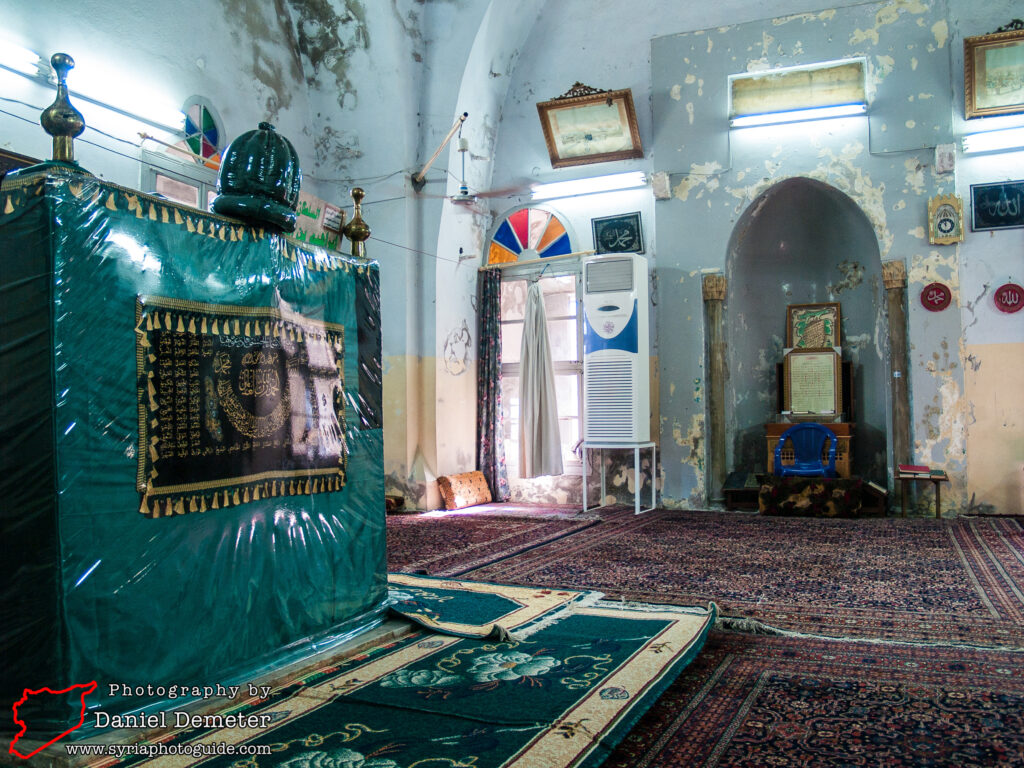
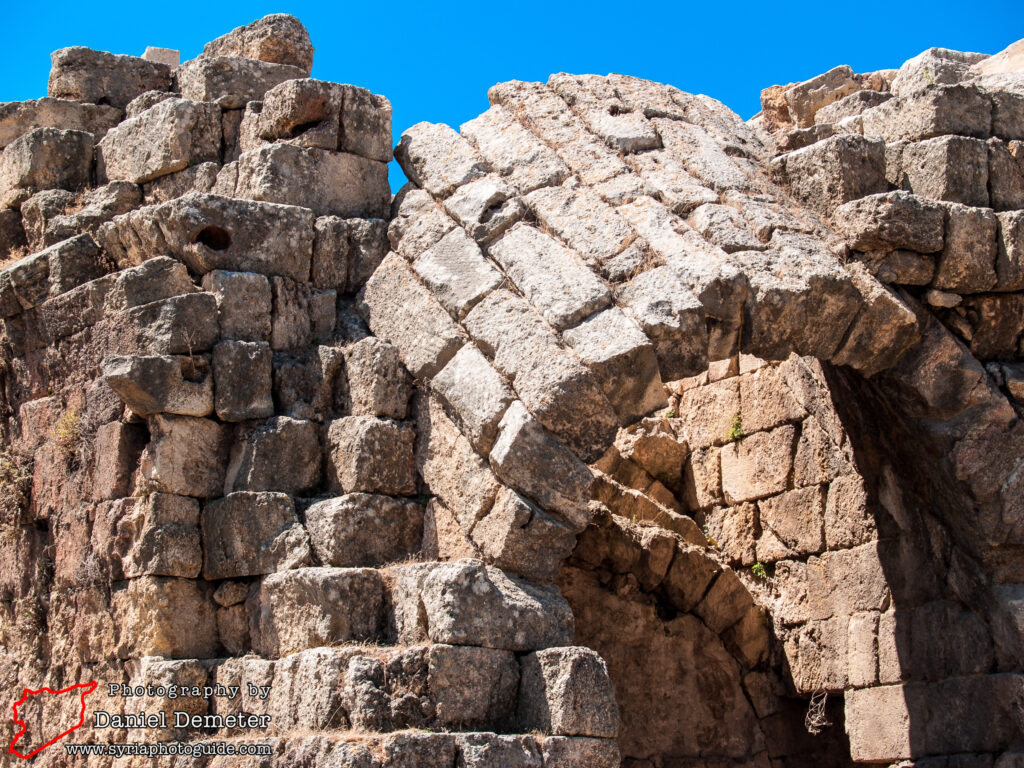
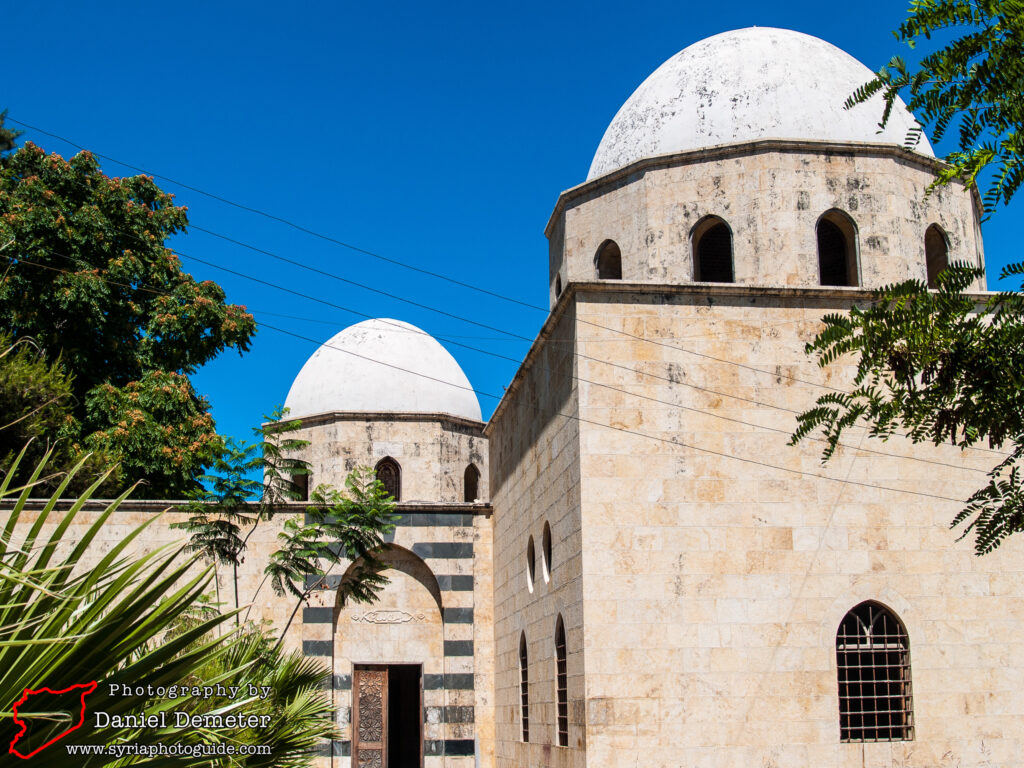
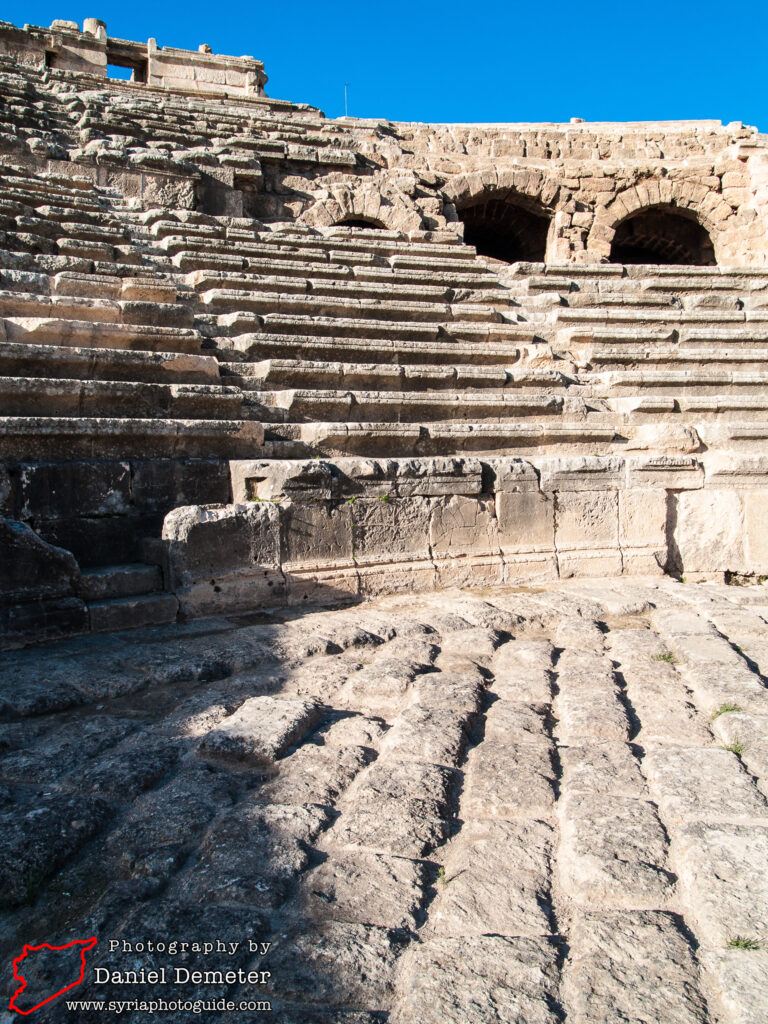
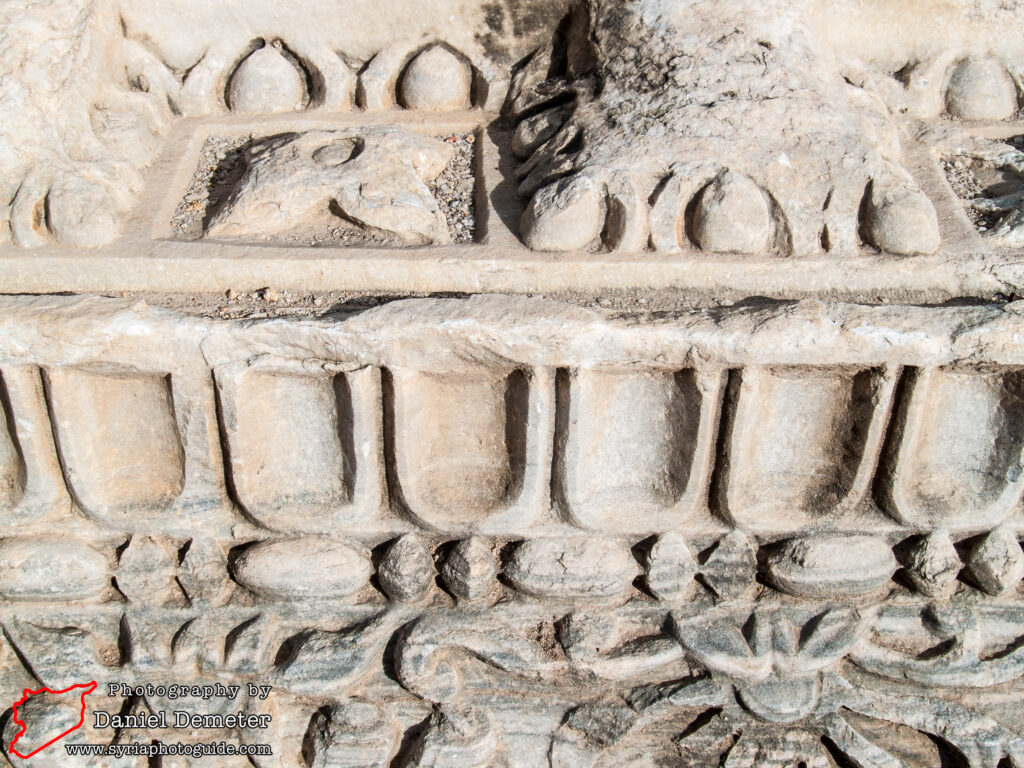
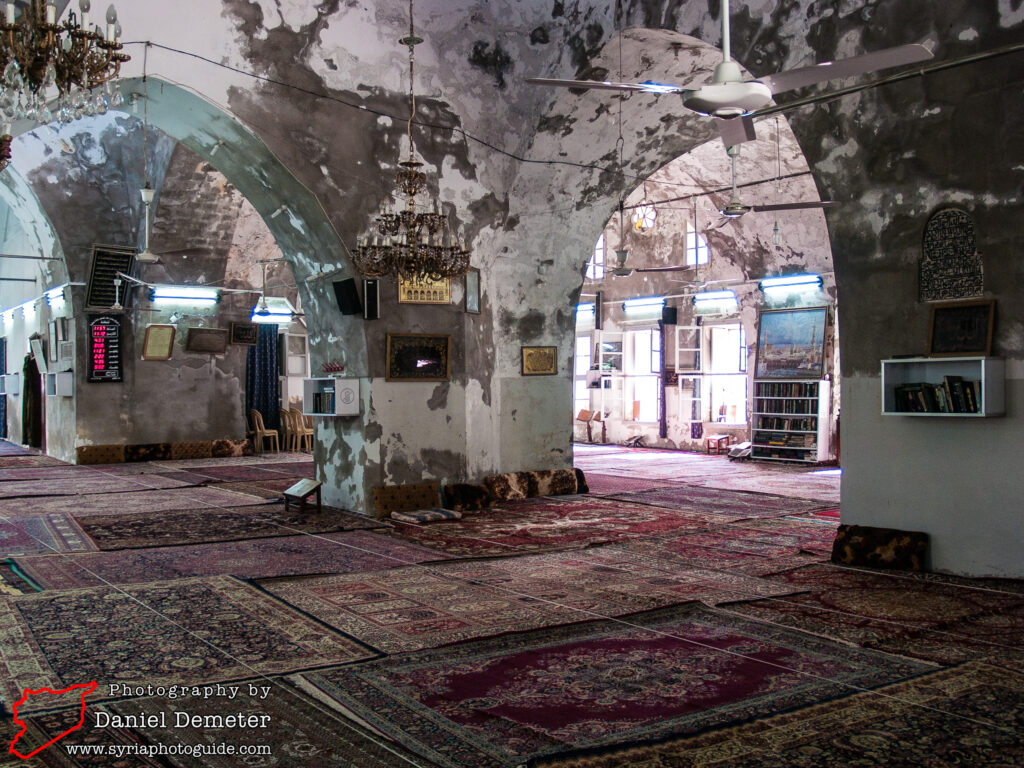
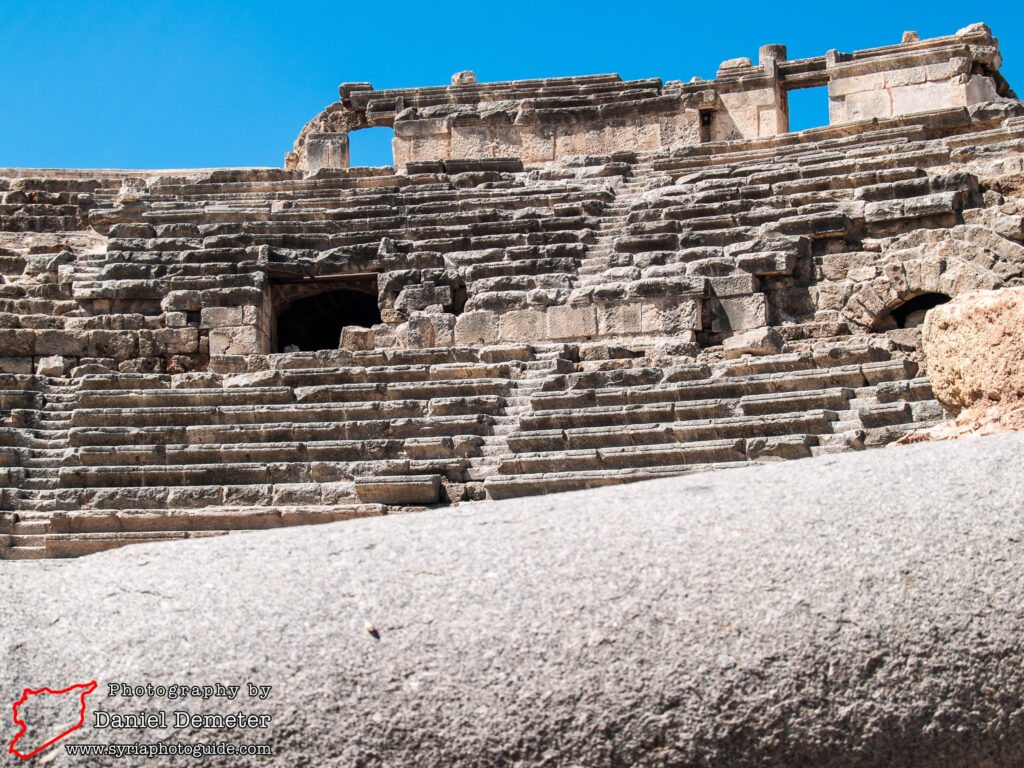
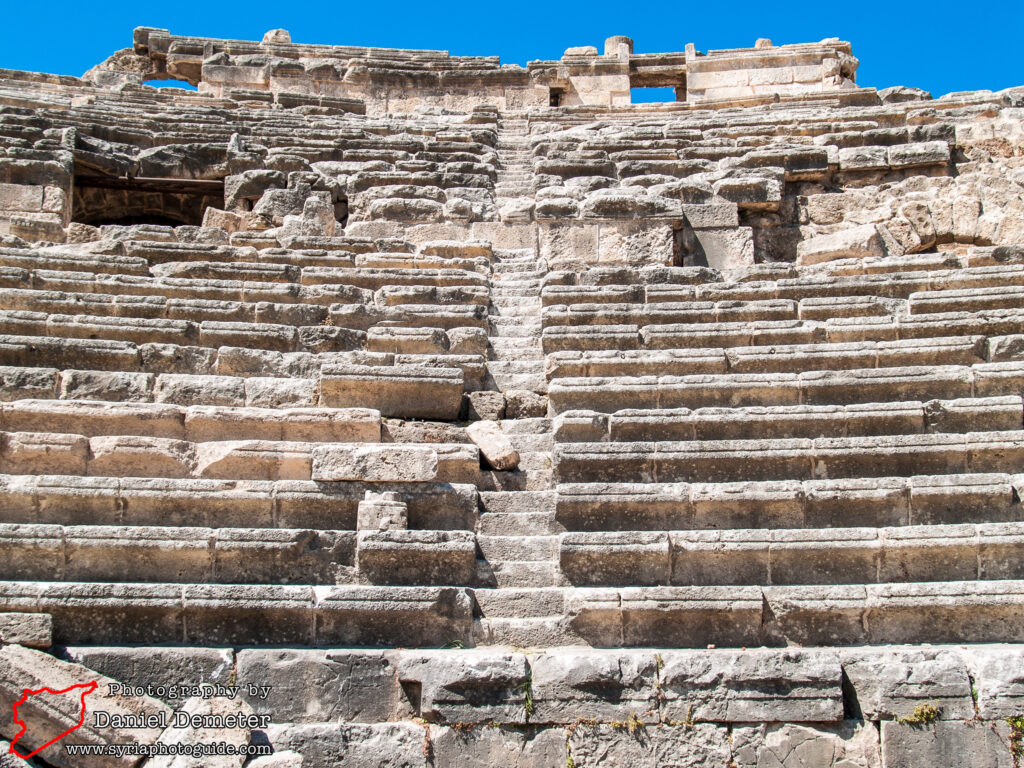
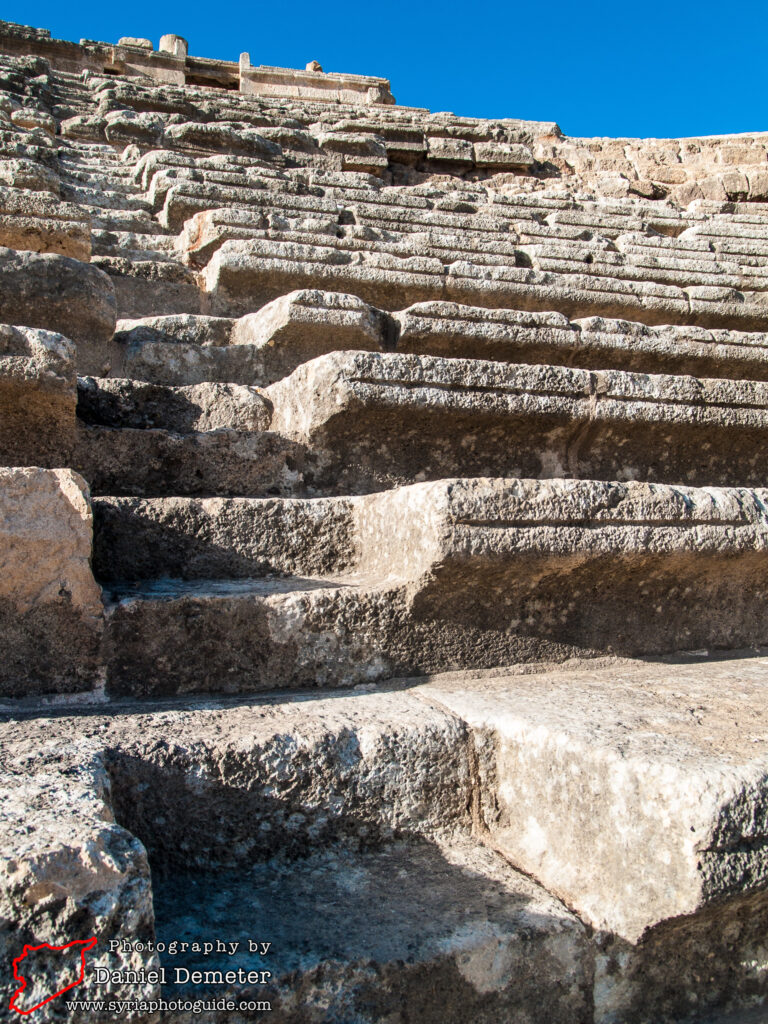
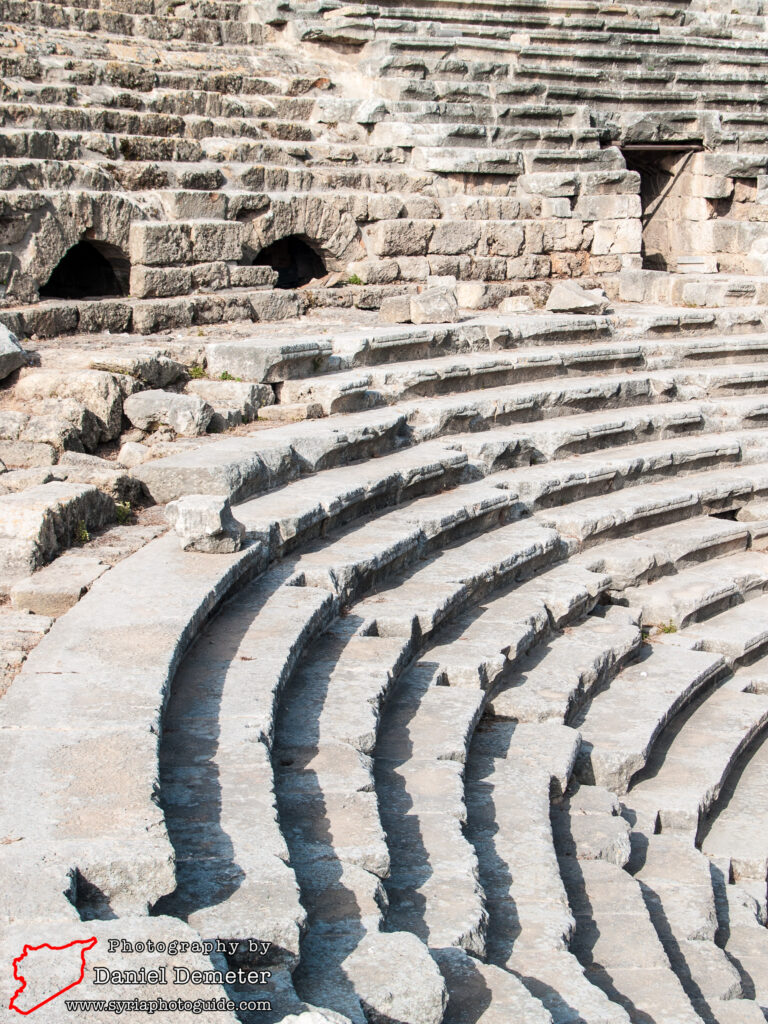
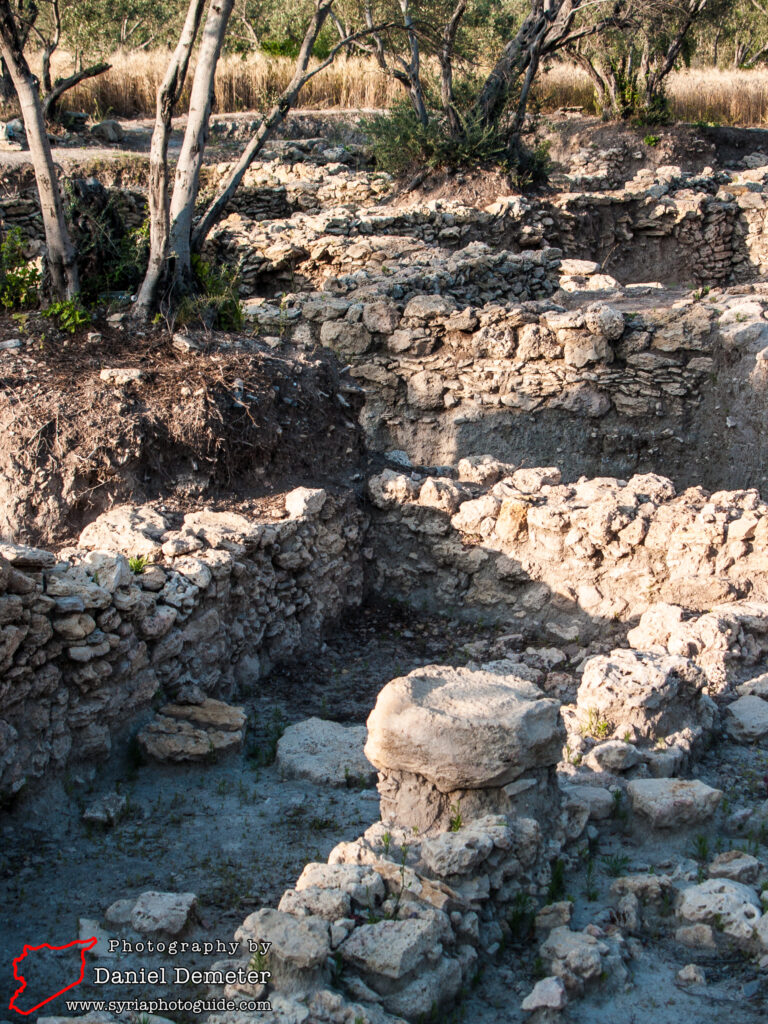


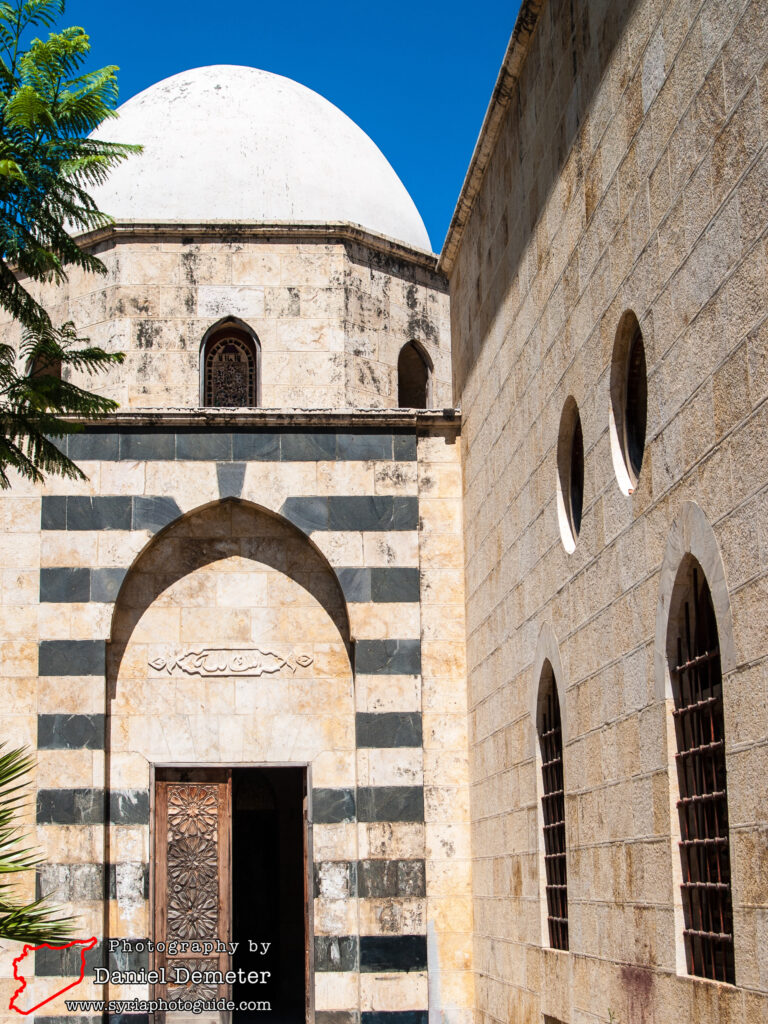
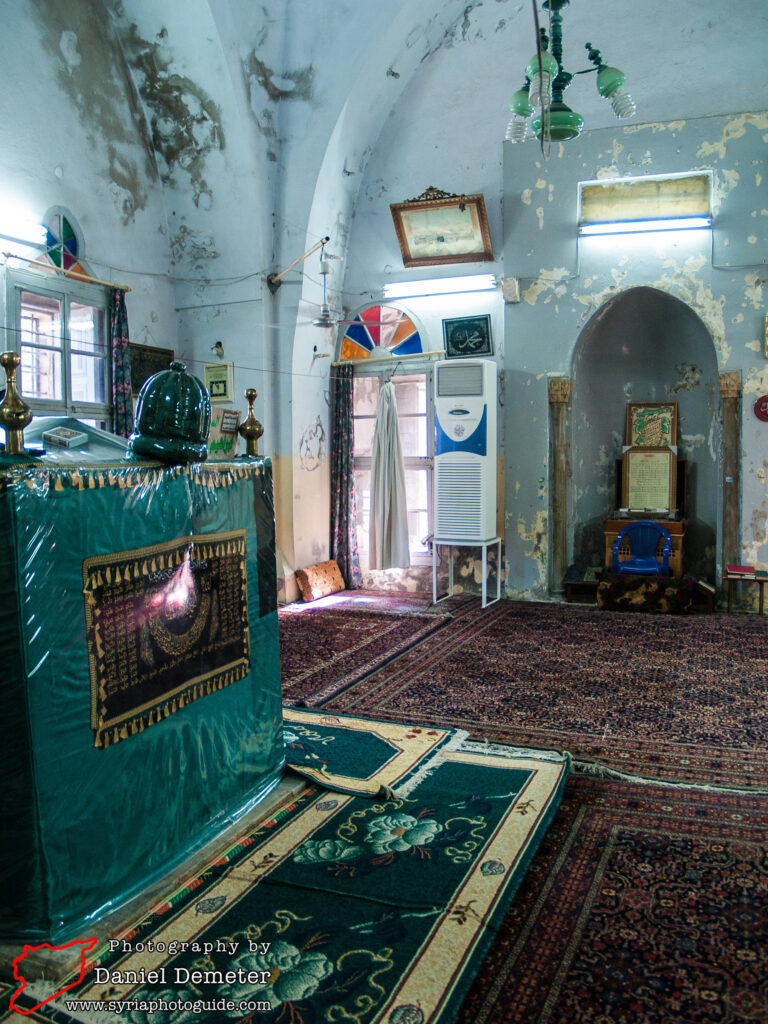
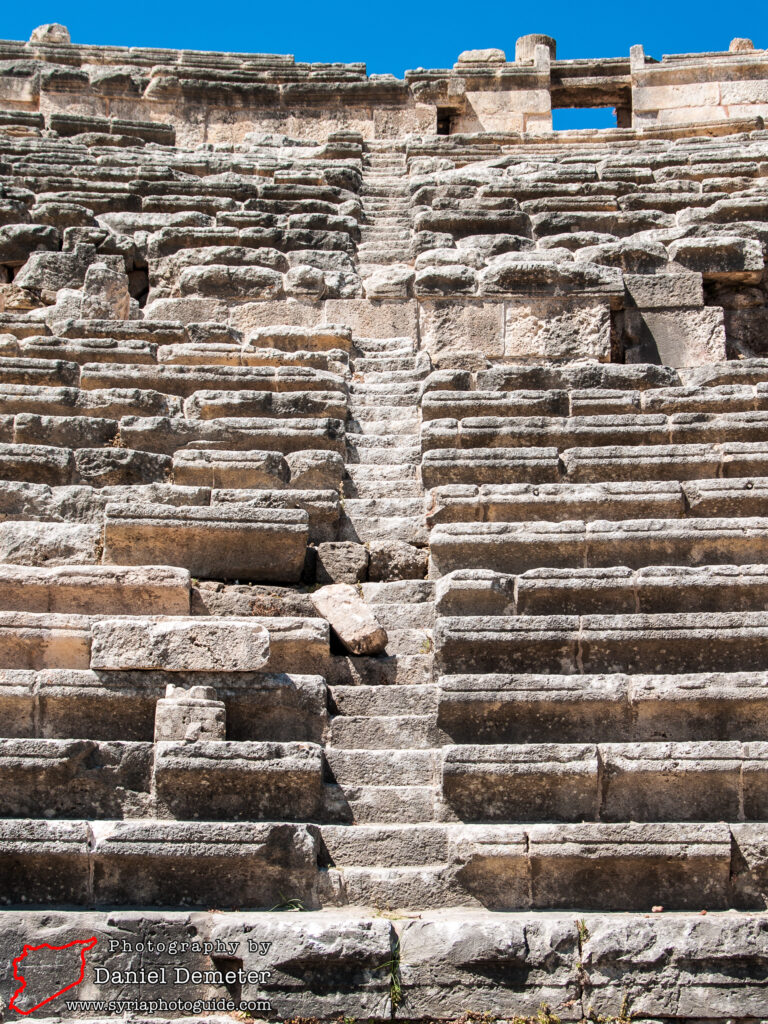
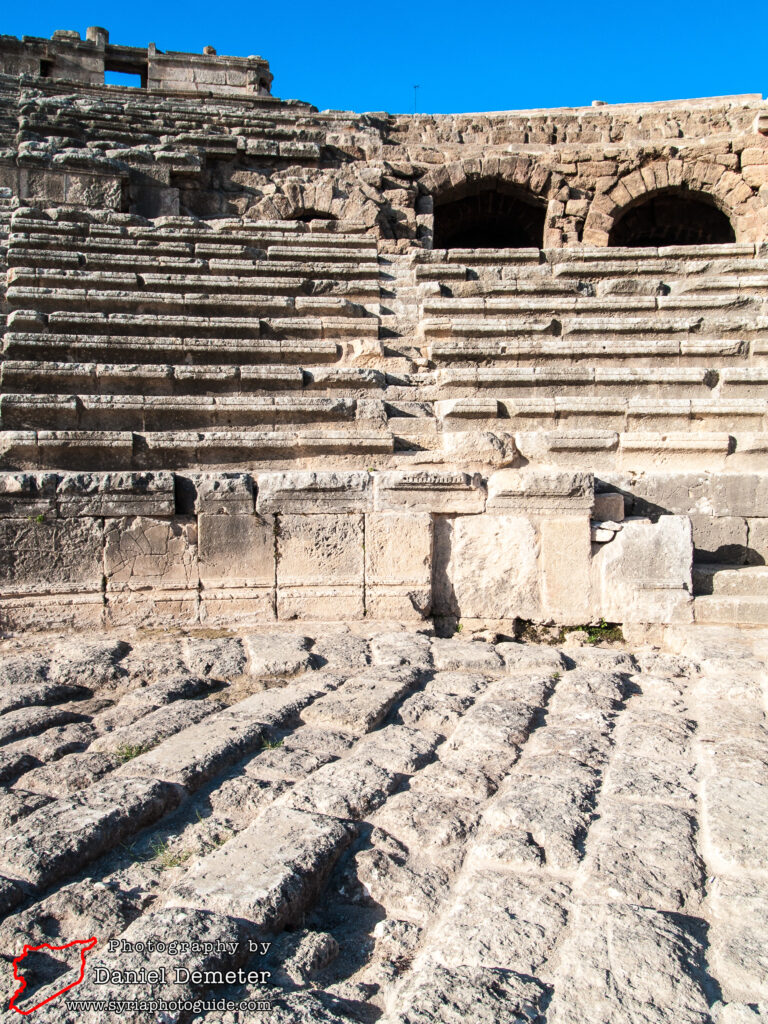

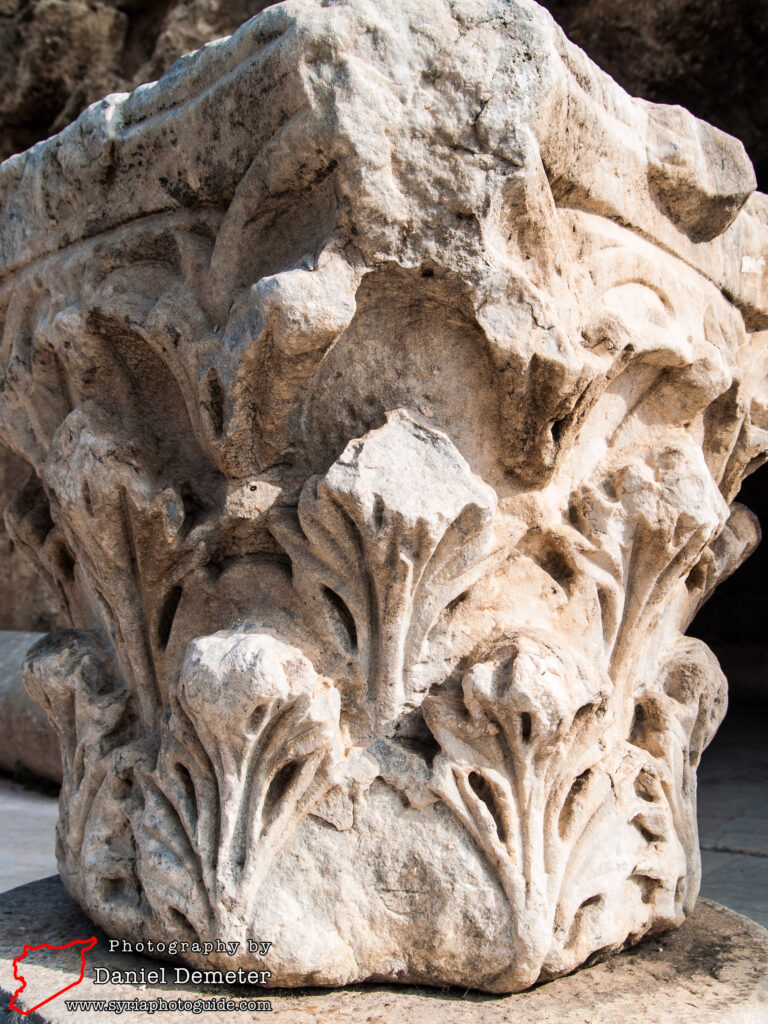
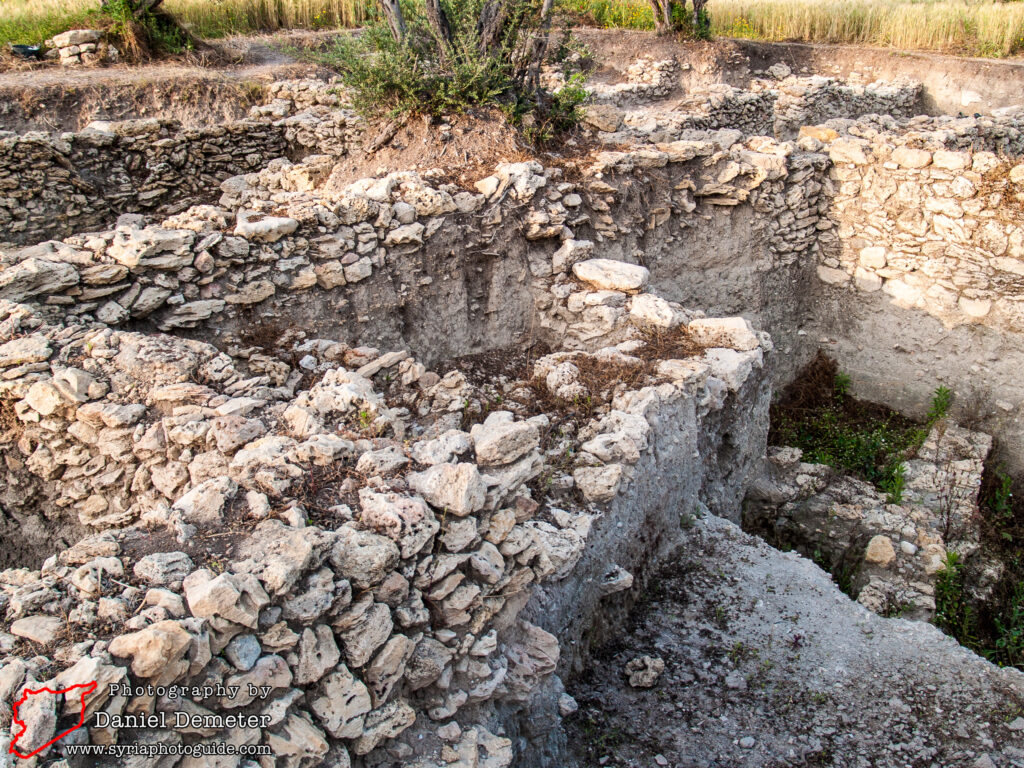
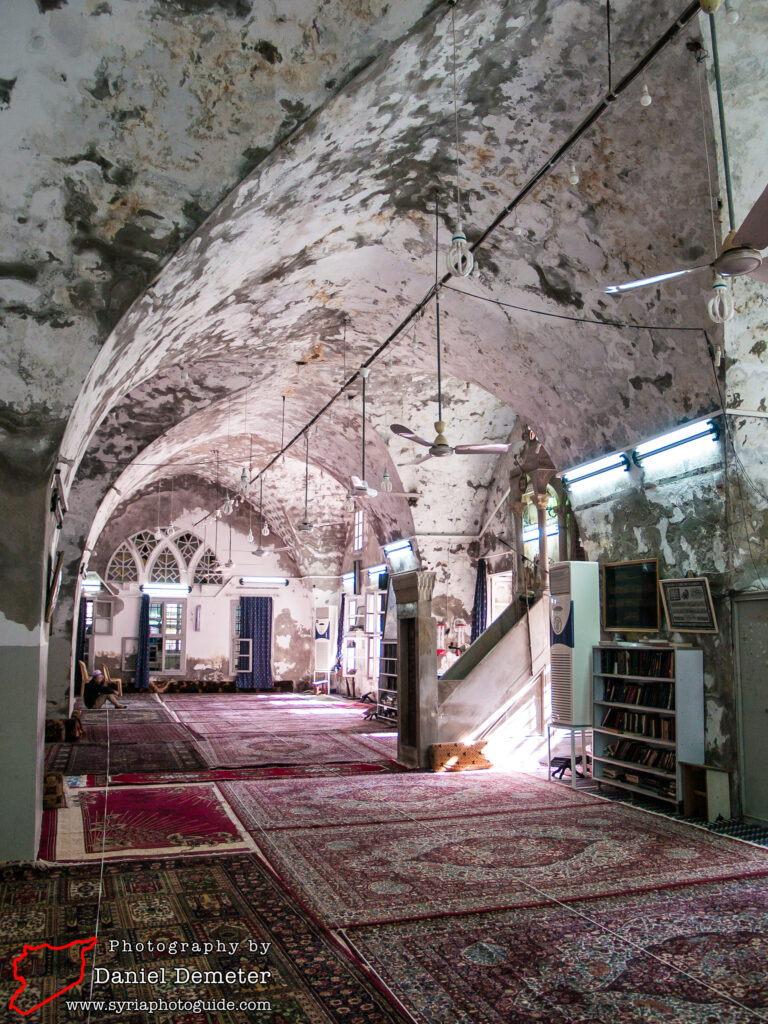
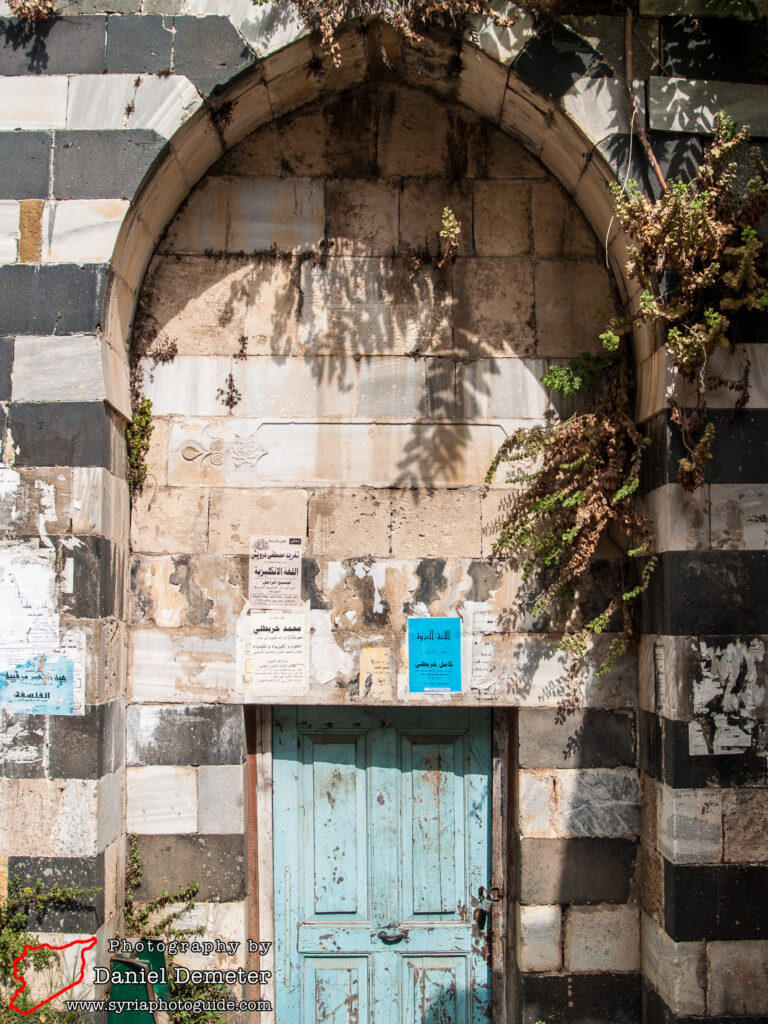
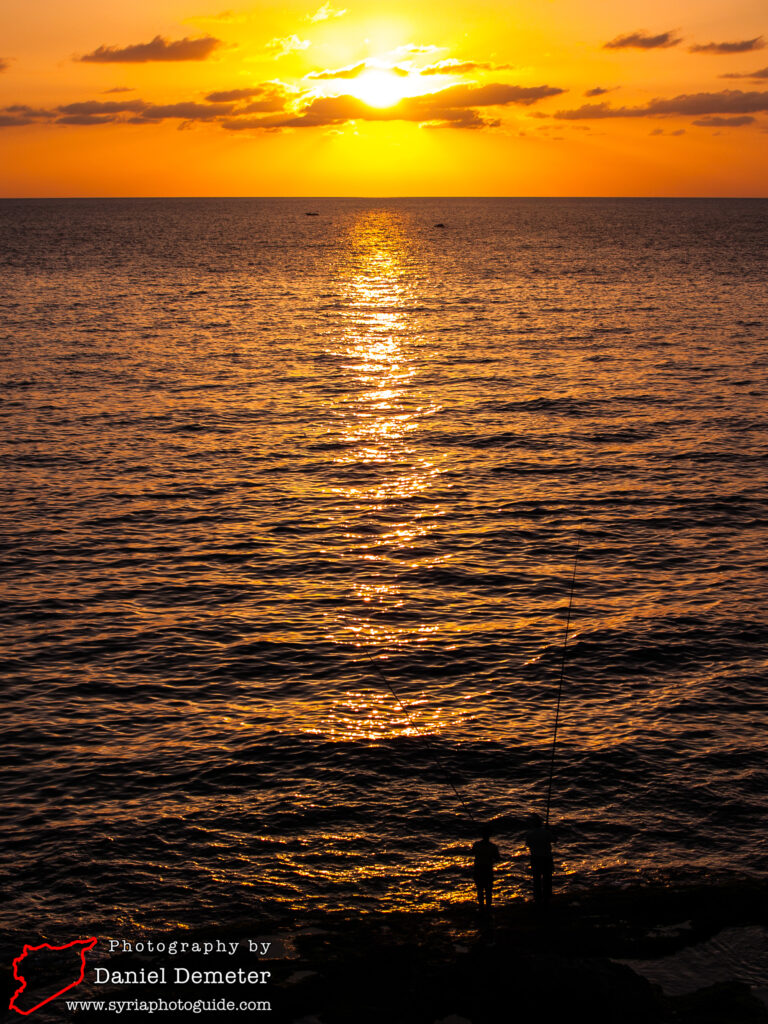
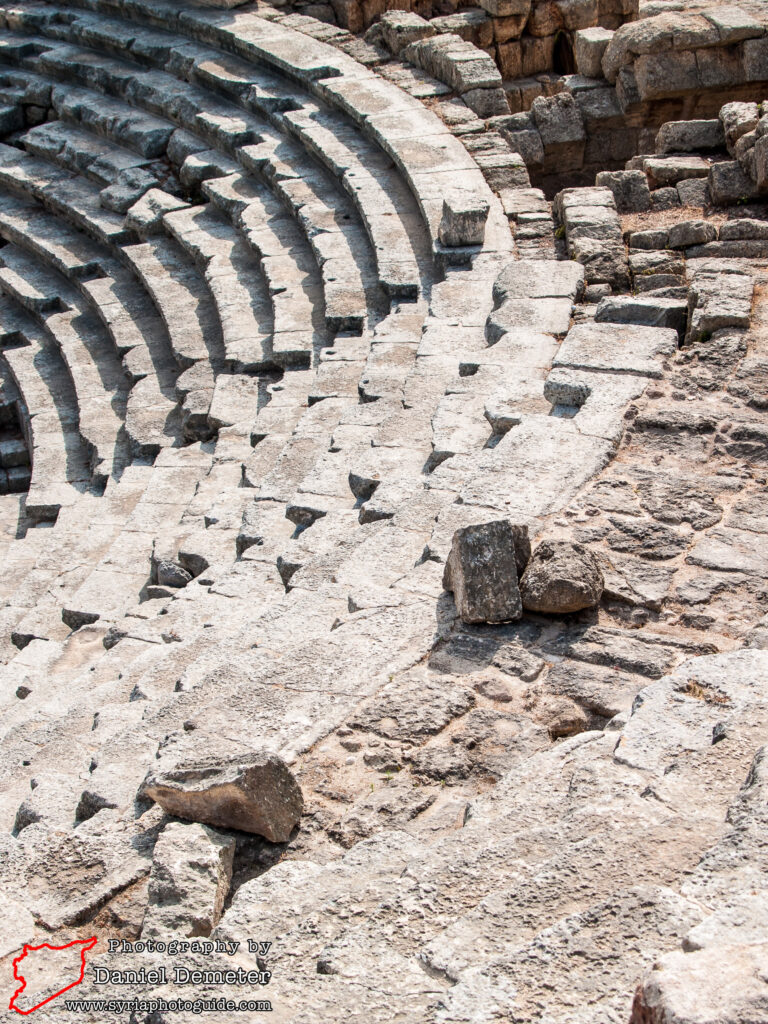
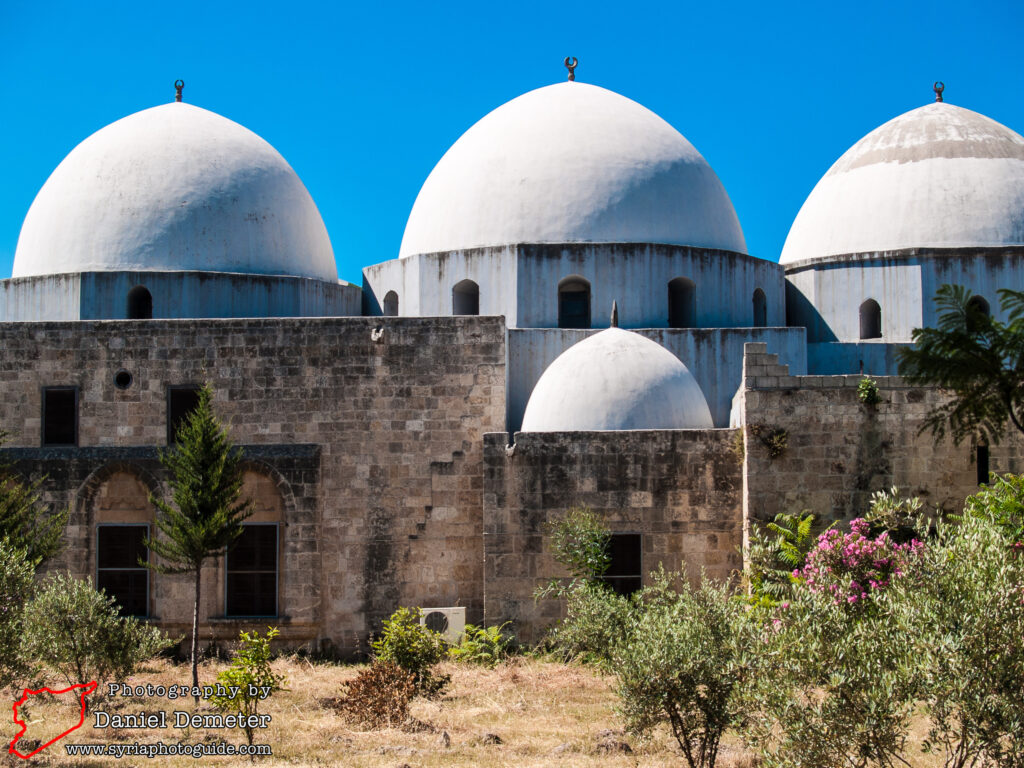
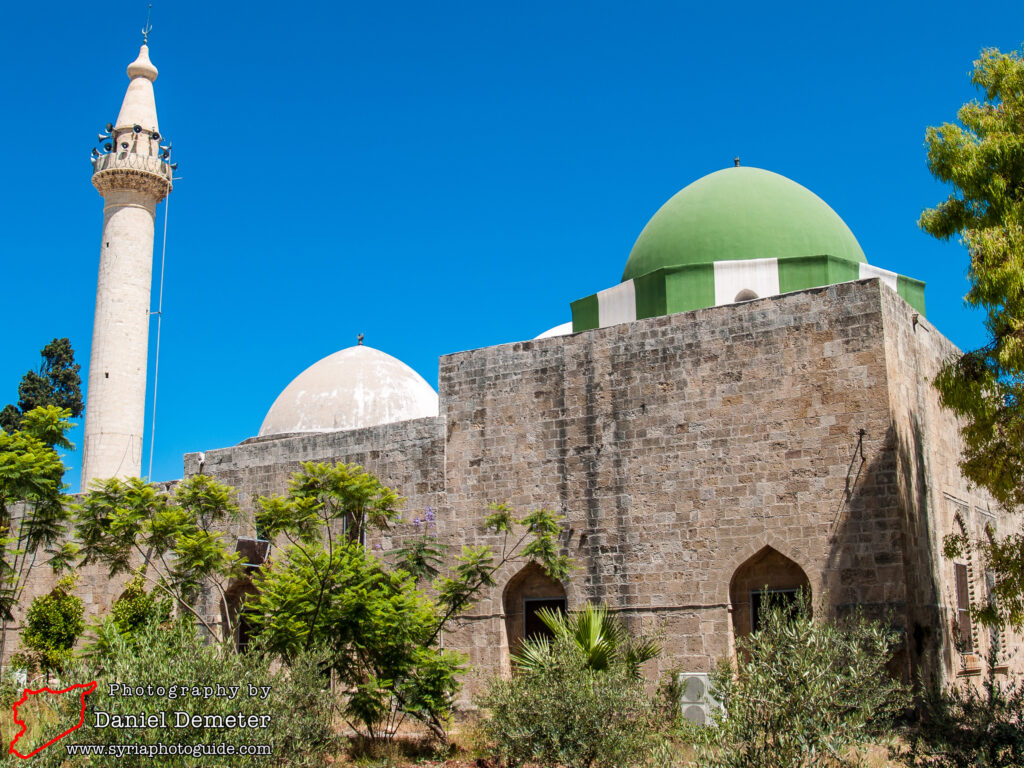
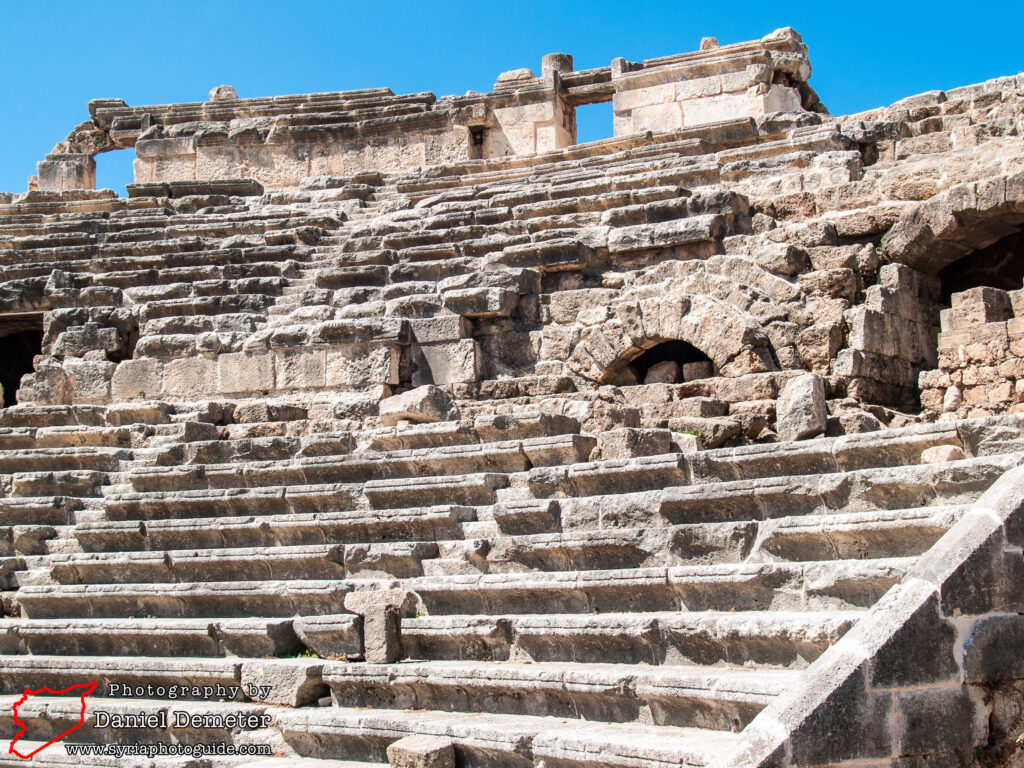
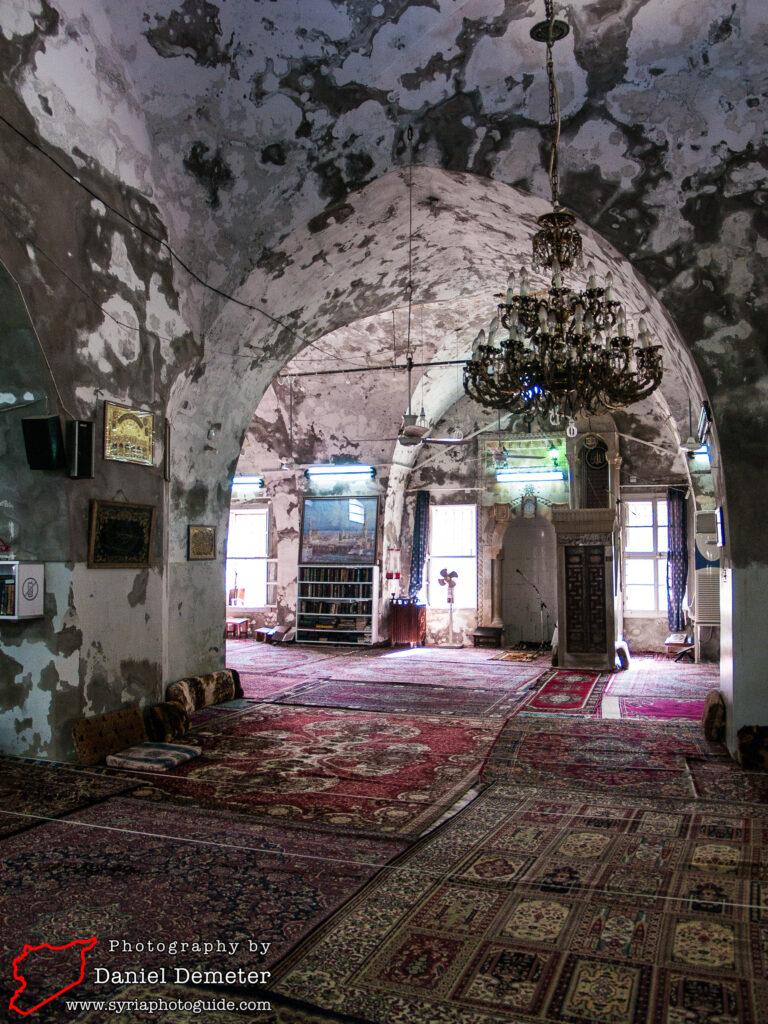
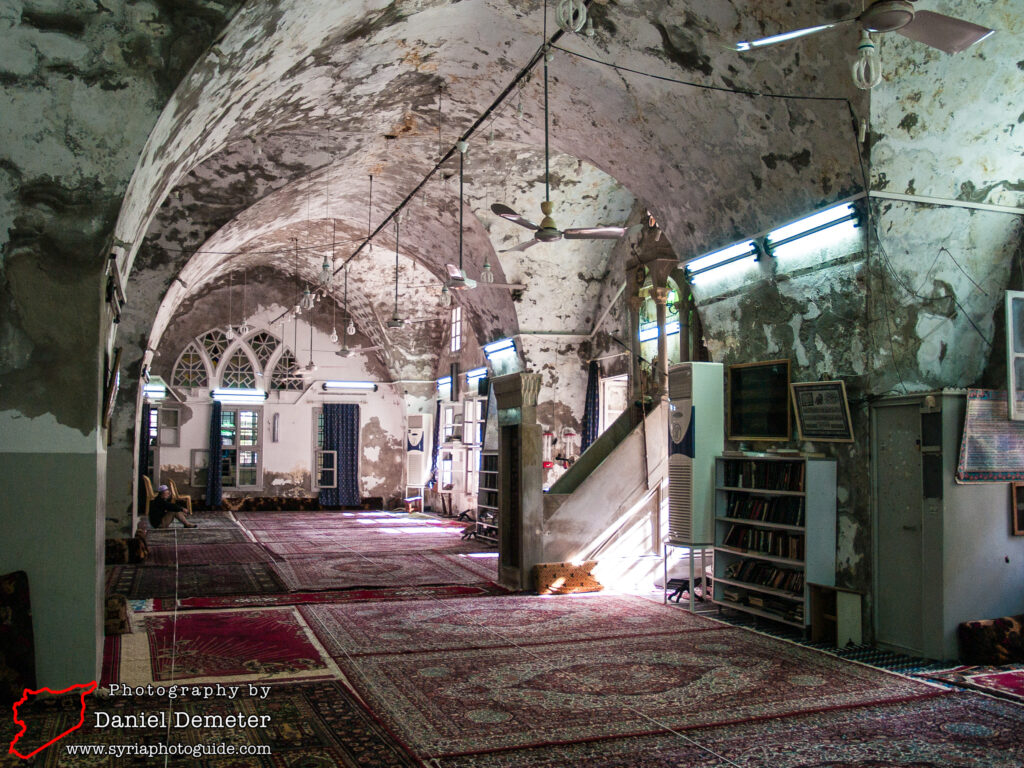
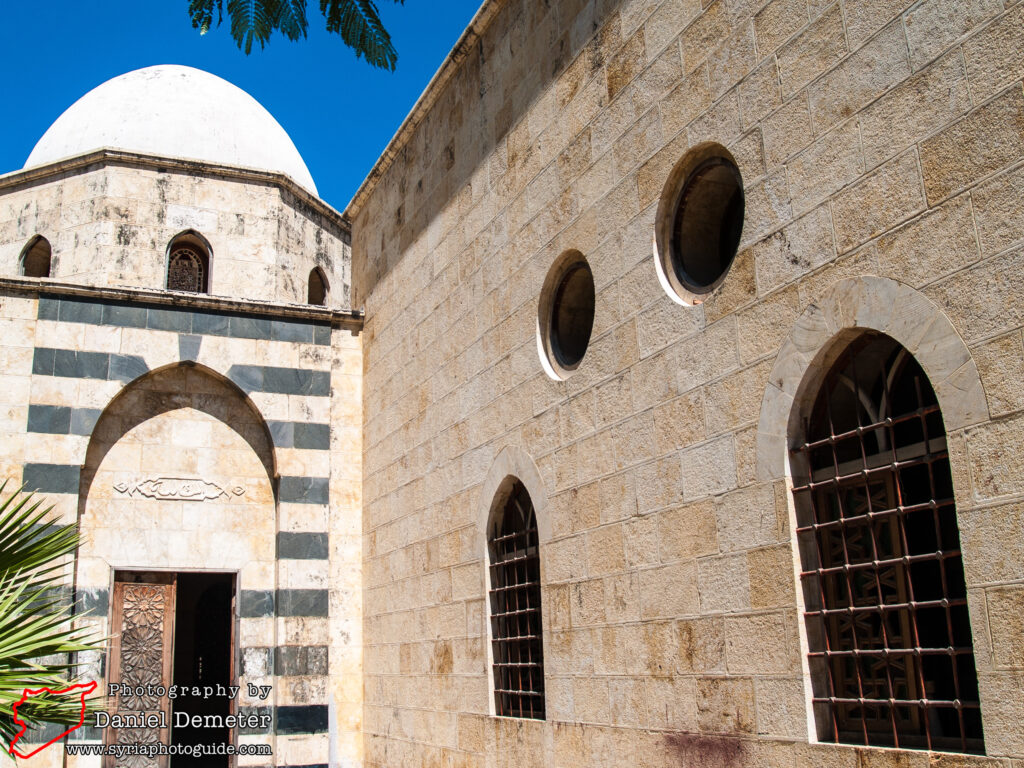
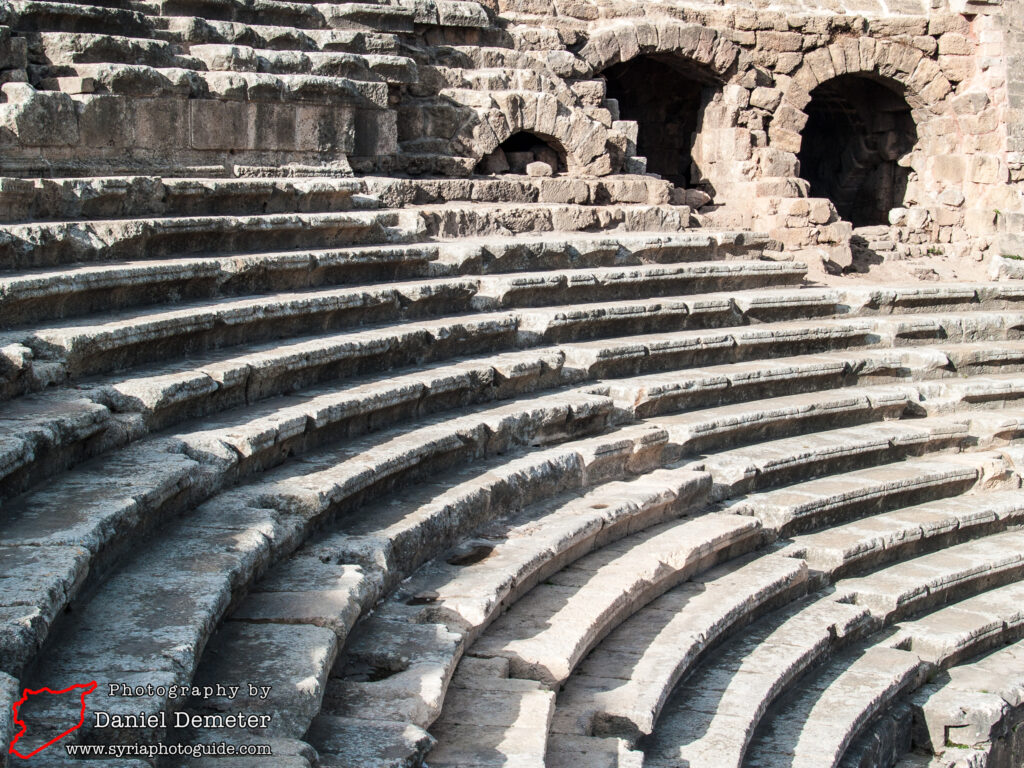
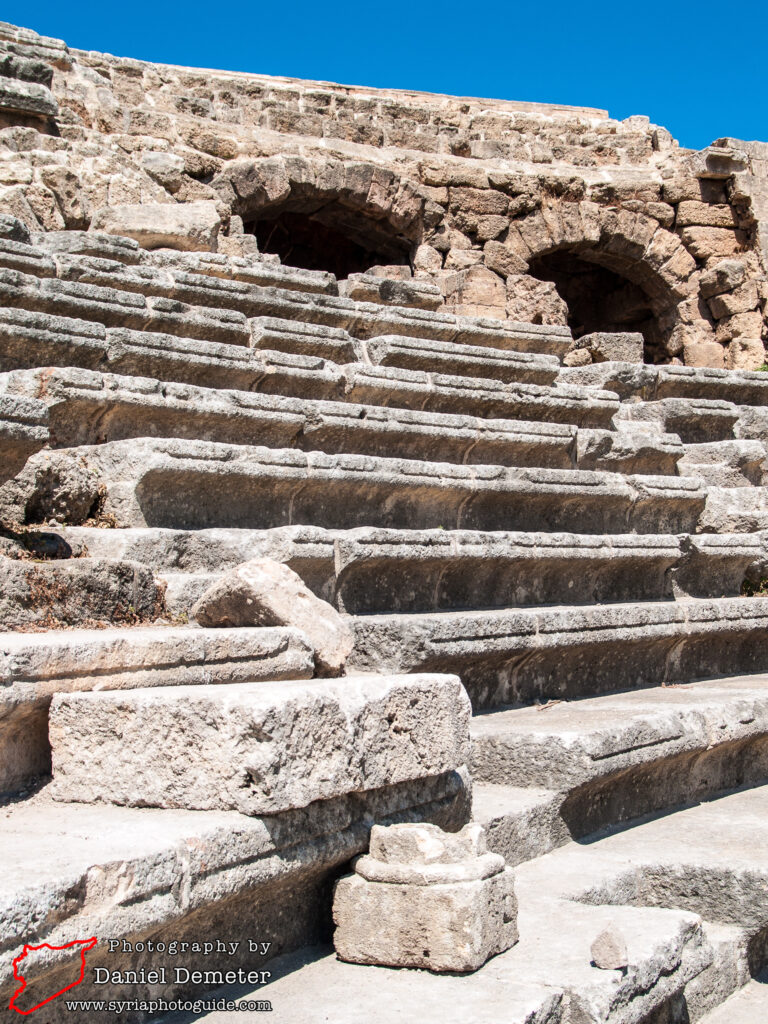
Getting There: Extremely frequent microbuses travel from Lattakia (اللاذقية) to Jableh (جبلة). The complicated part is that they don’t wait to load passengers at the microbus station in Lattakia (اللاذقية), but drive straight through picking up passengers along the way of their return to Jableh (جبلة). Therefore, to catch a microbus to Jableh (جبلة), you must stop one as it passes through the microbus station along the road which divides it in two. If you can’t read Arabic, you’ll probably need to ask someone for help. The trip takes about 30 minutes. The amphitheater and mosque are in the center of town, a couple of kilometers before the microbus station. Note that many buses headed to Lattakia (اللاذقية) from Damascus (دمشق) and/or Homs (حمص) will likely stop outside the microbus station in Jableh (جبلة) along the way.
Jableh (جبلة) is an important transit stop if exploring the region, making it worthwhile to combine a visit to Jableh (جبلة) with other nearby sites. Microbuses depart Jableh (جبلة) for:
- Wadi al-Qalaa (وادي القلع), for Qalaat al-Maniqeh (قلعة المنيقة)
- al-Aamoud (العامود), for Qalaat Bani Qahtan (قلعة بني قحطان)
- al-Qardaha (القرداحة)
- Banias (بانياس), for Qalaat al-Marqab (قلعة المرقب) and/or Qalaat al-Ileiqeh (قلعة العليقة)
- al-Dalieh (الدالية) for Qalaat Abu Qubeis (قلعة آبو قبيس)
Coordinates: 35°21’42.34″N / 35°55’27.82″E
Transliteration Variants: Jable
Rating: 6 / 10
